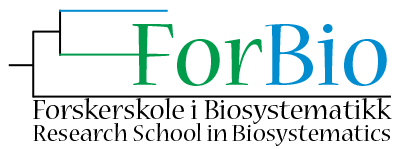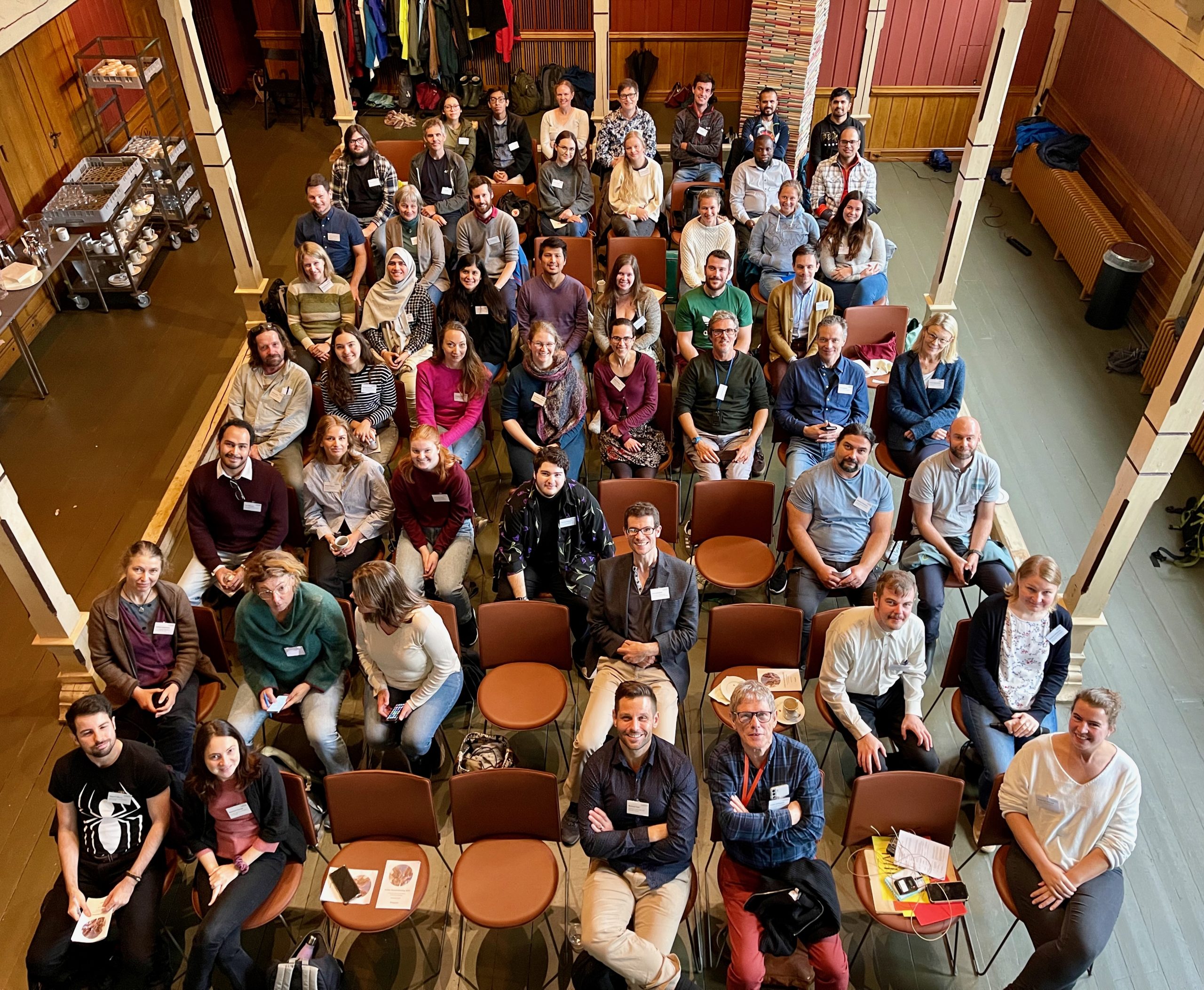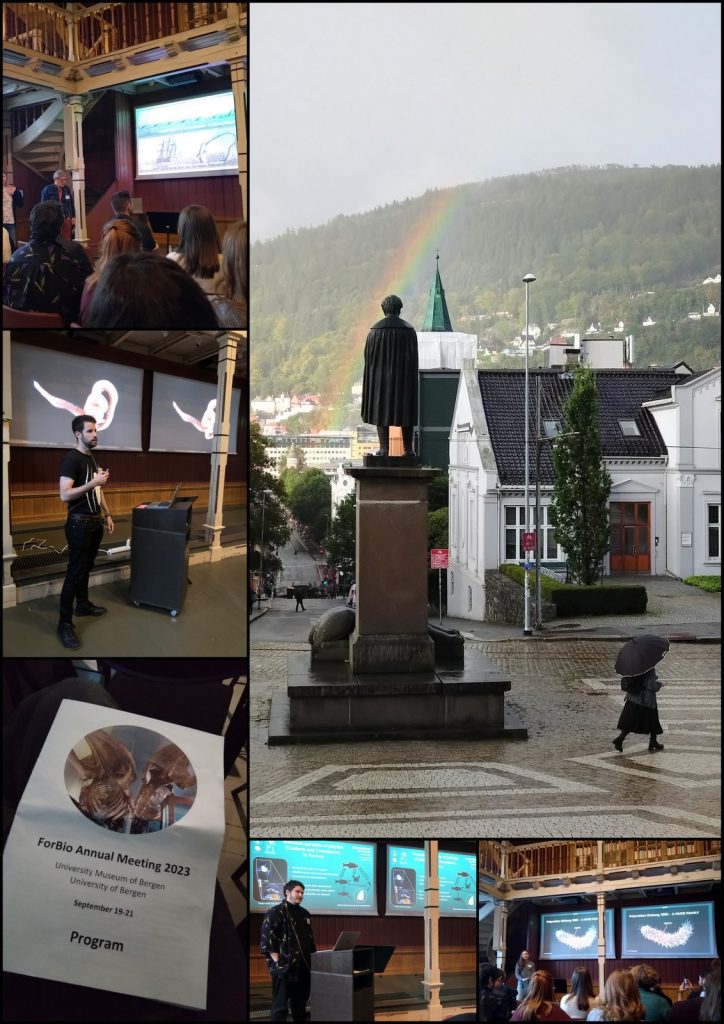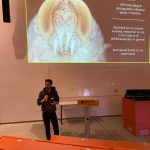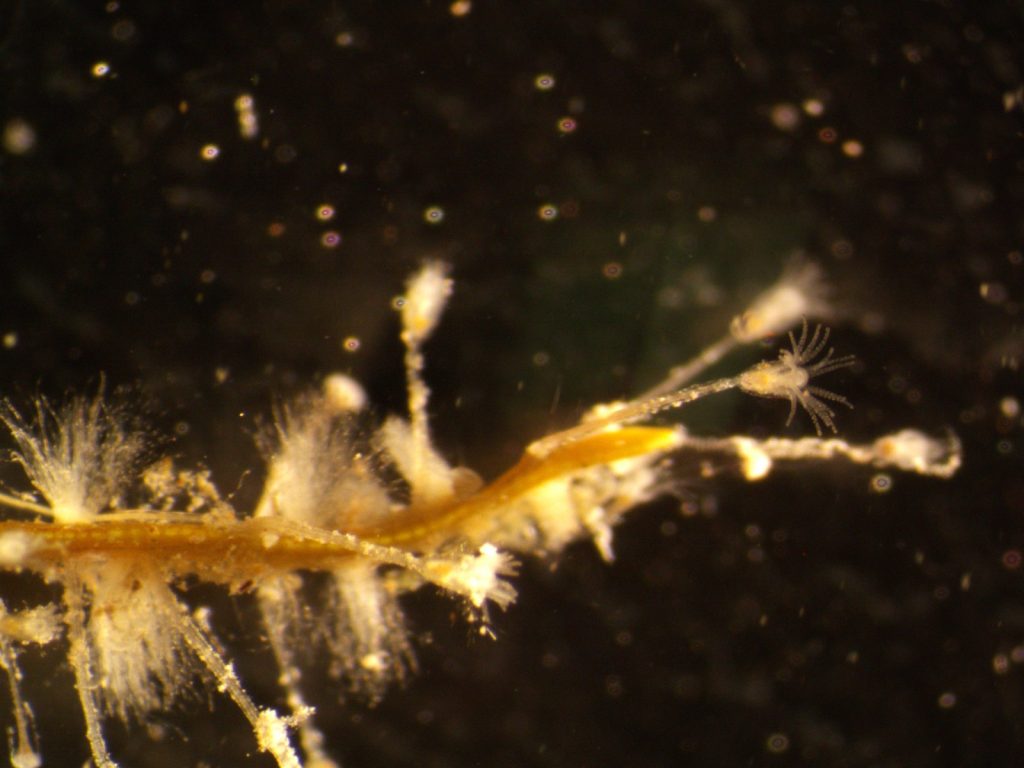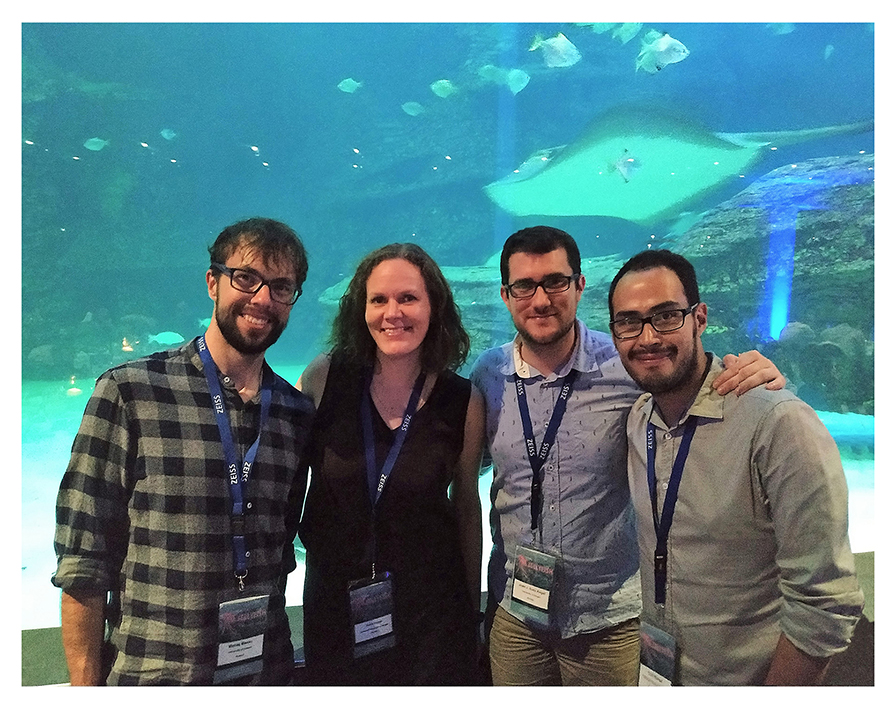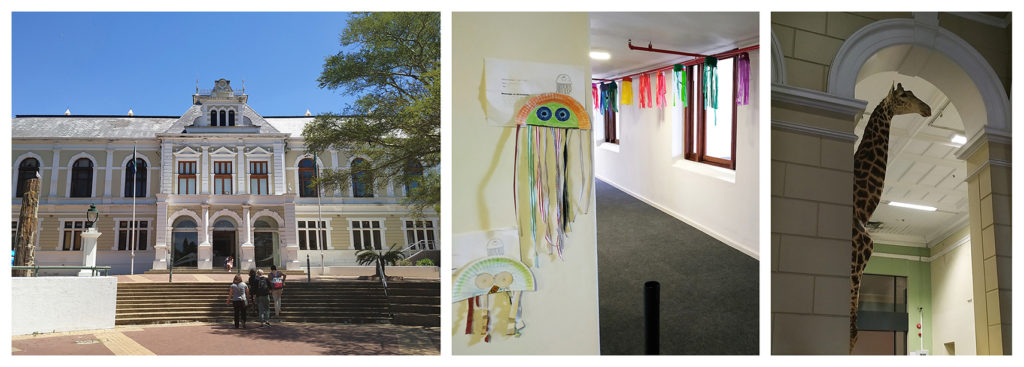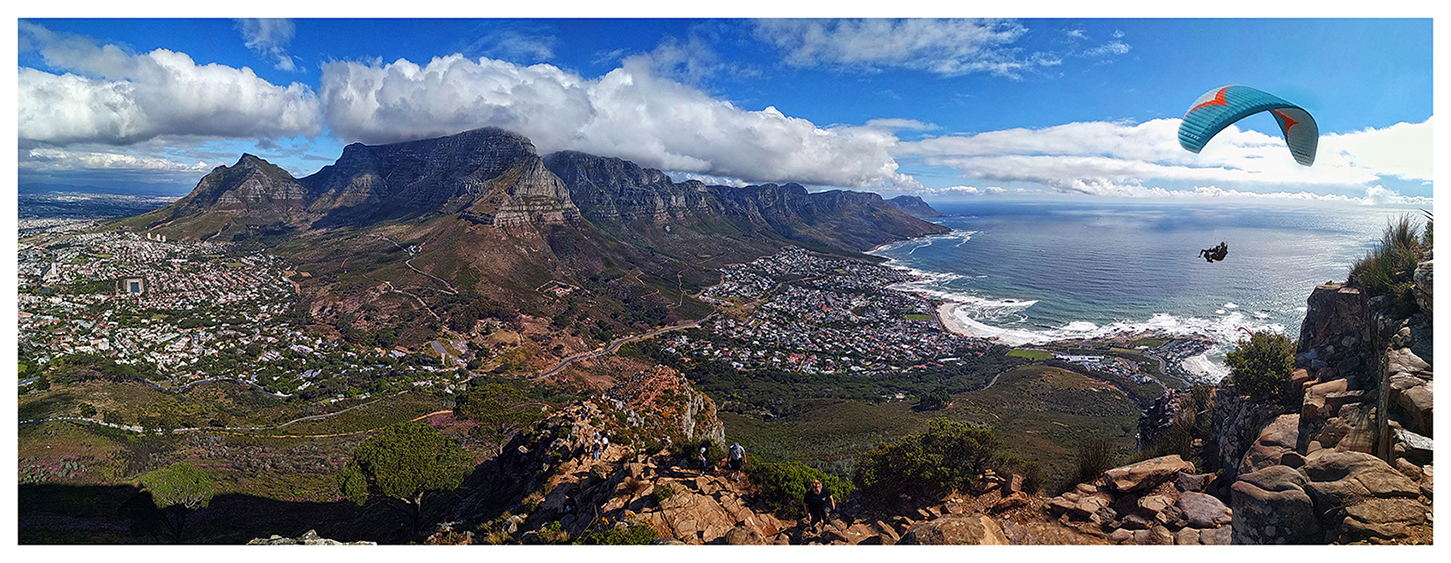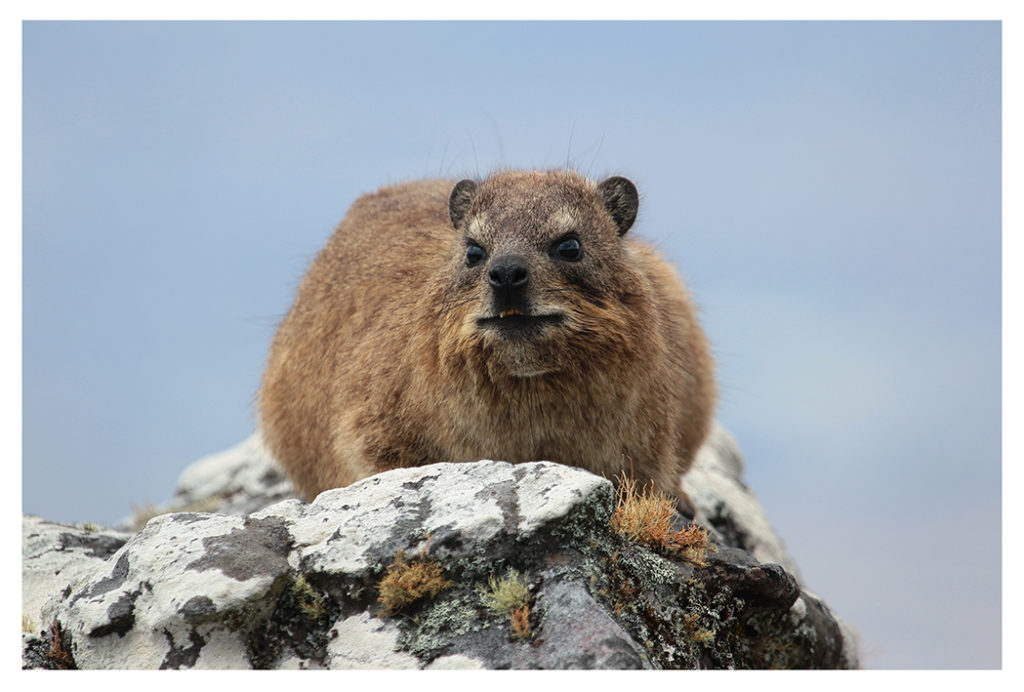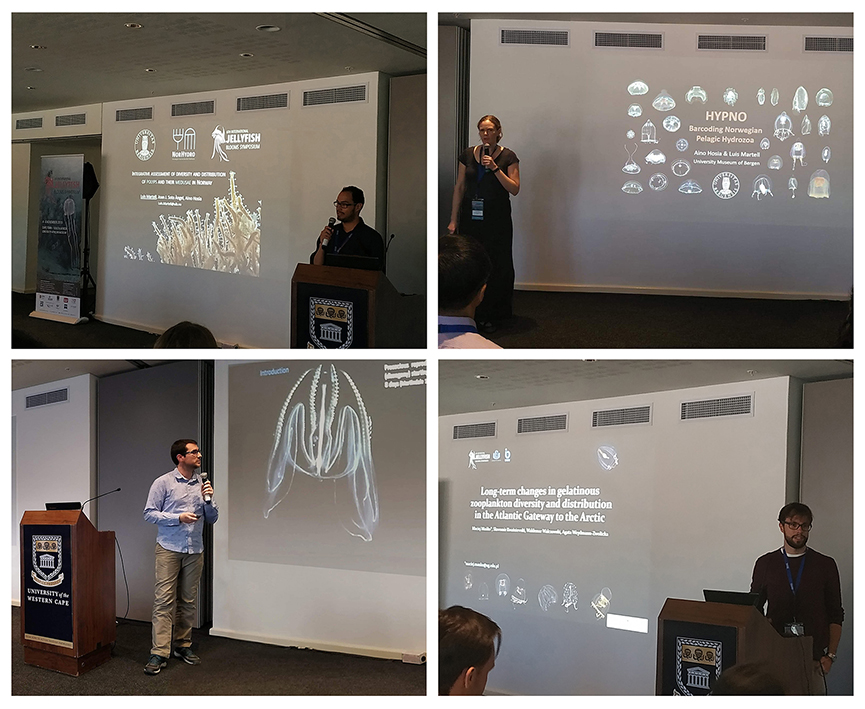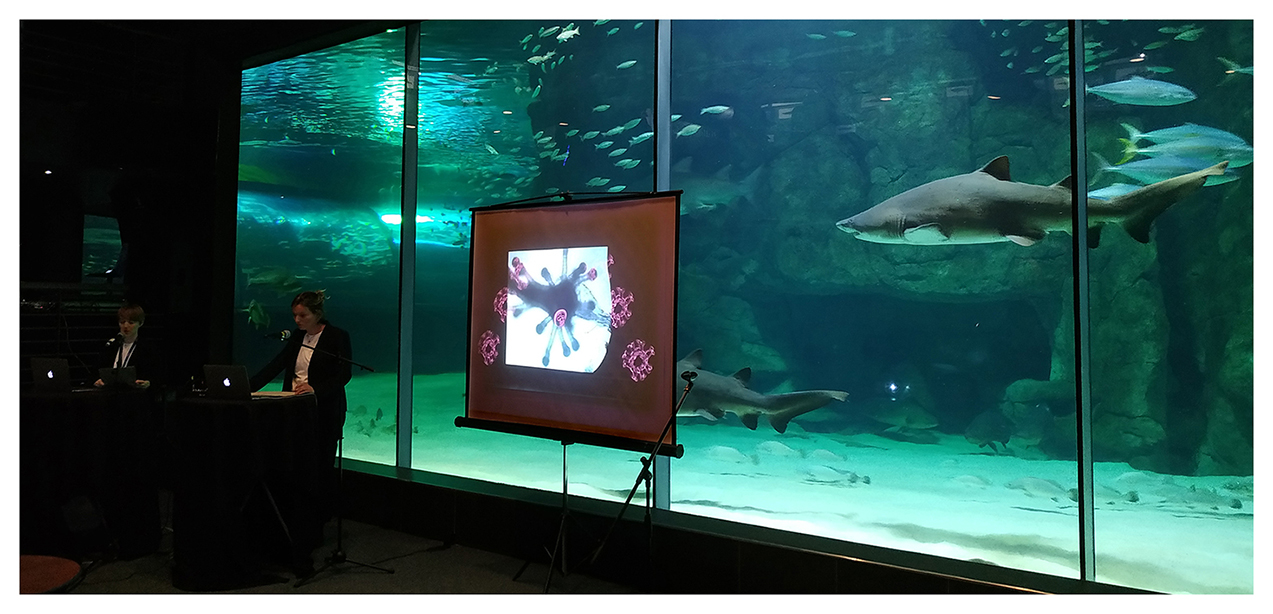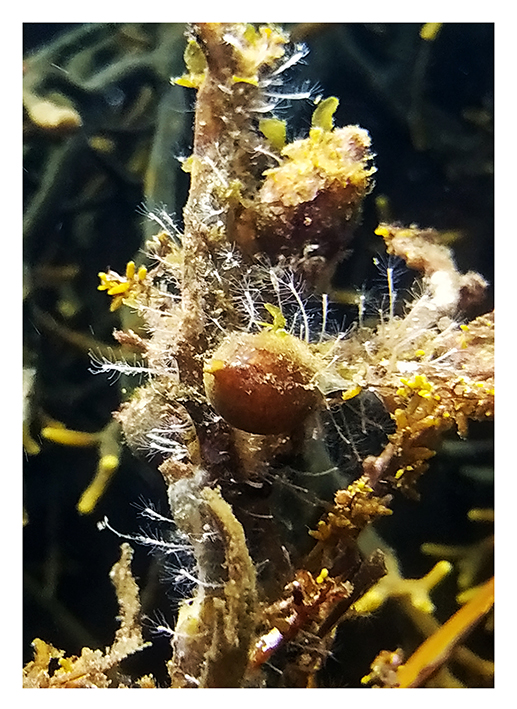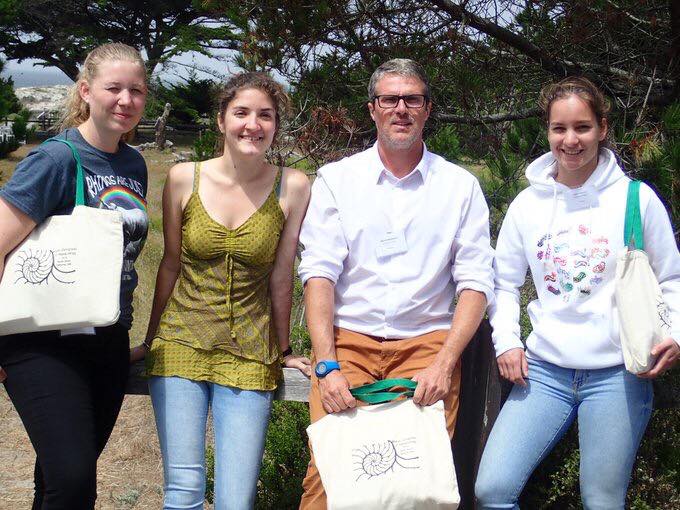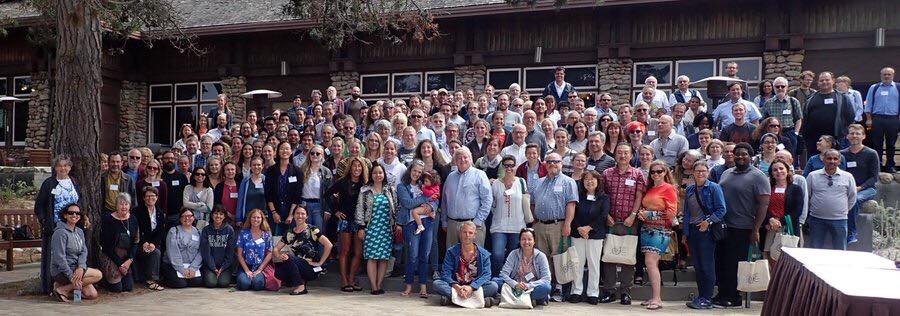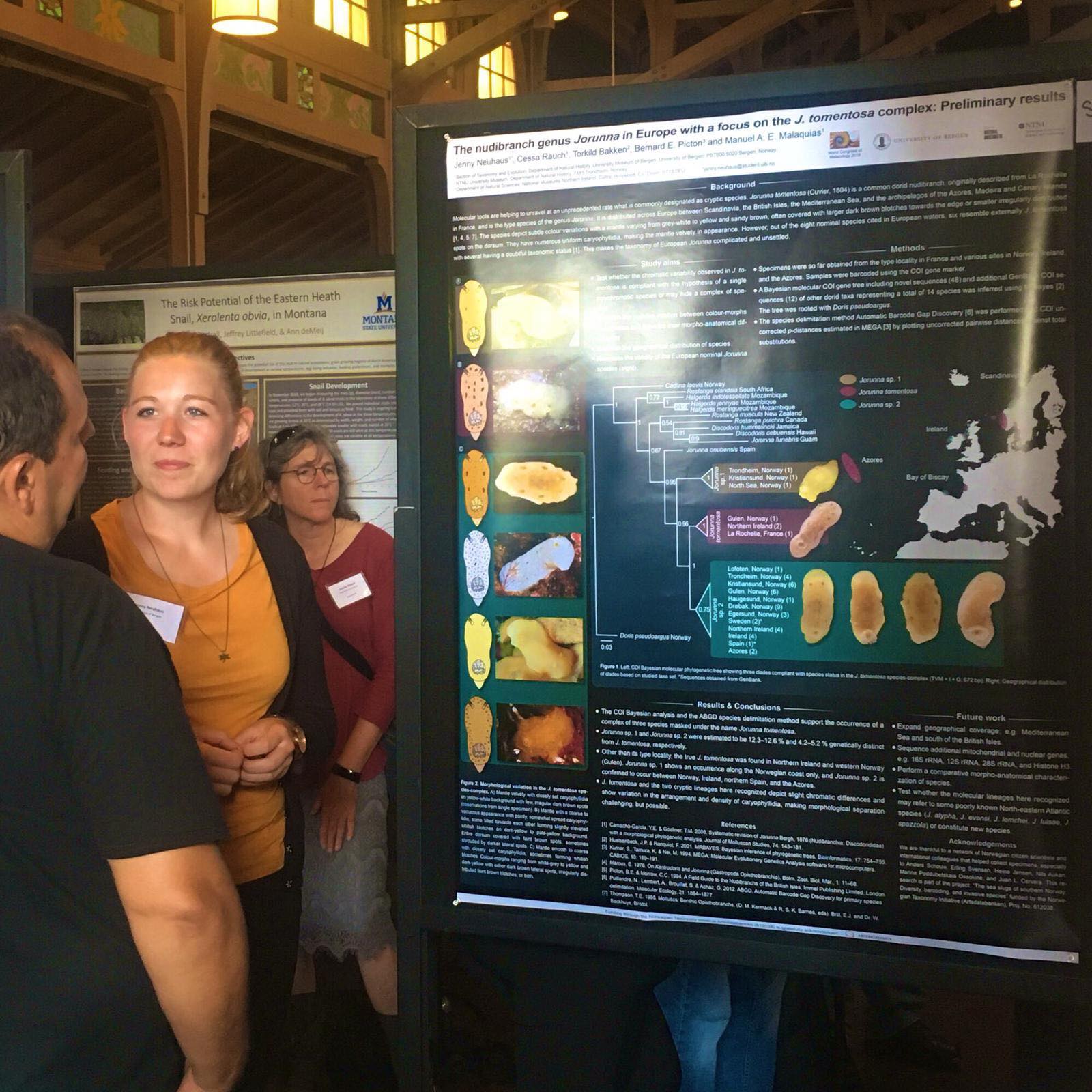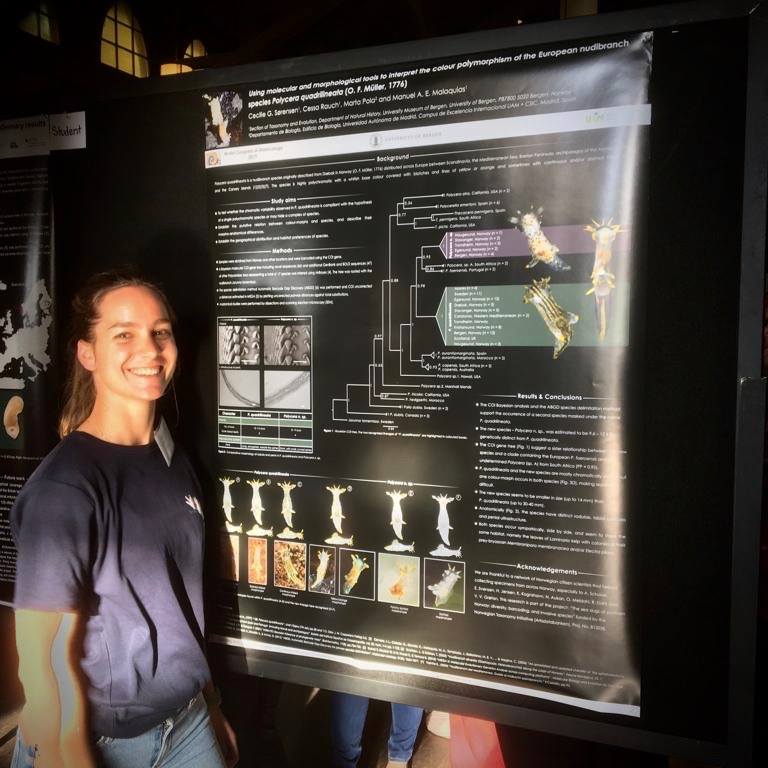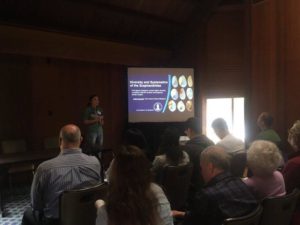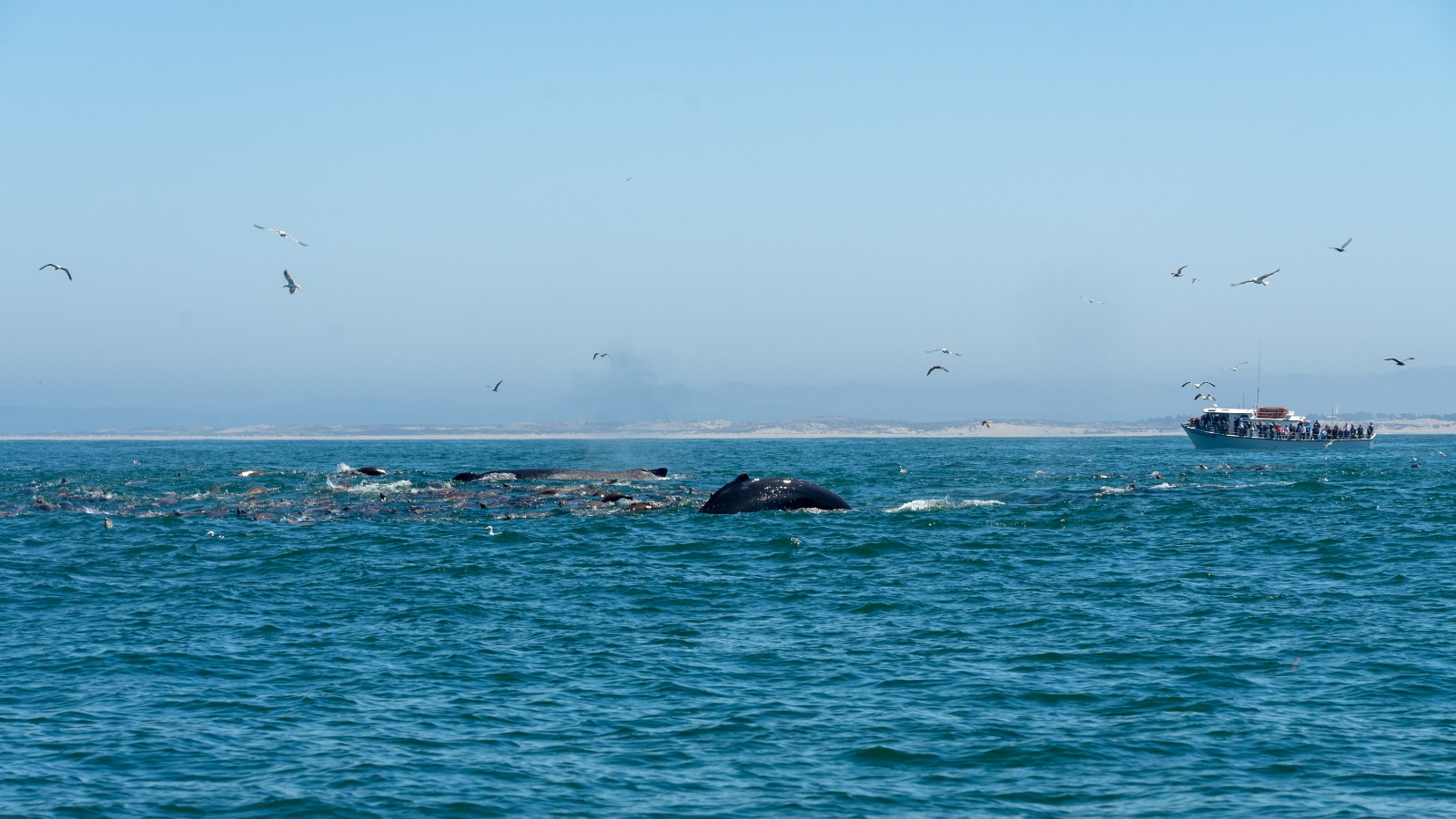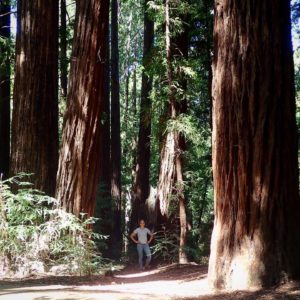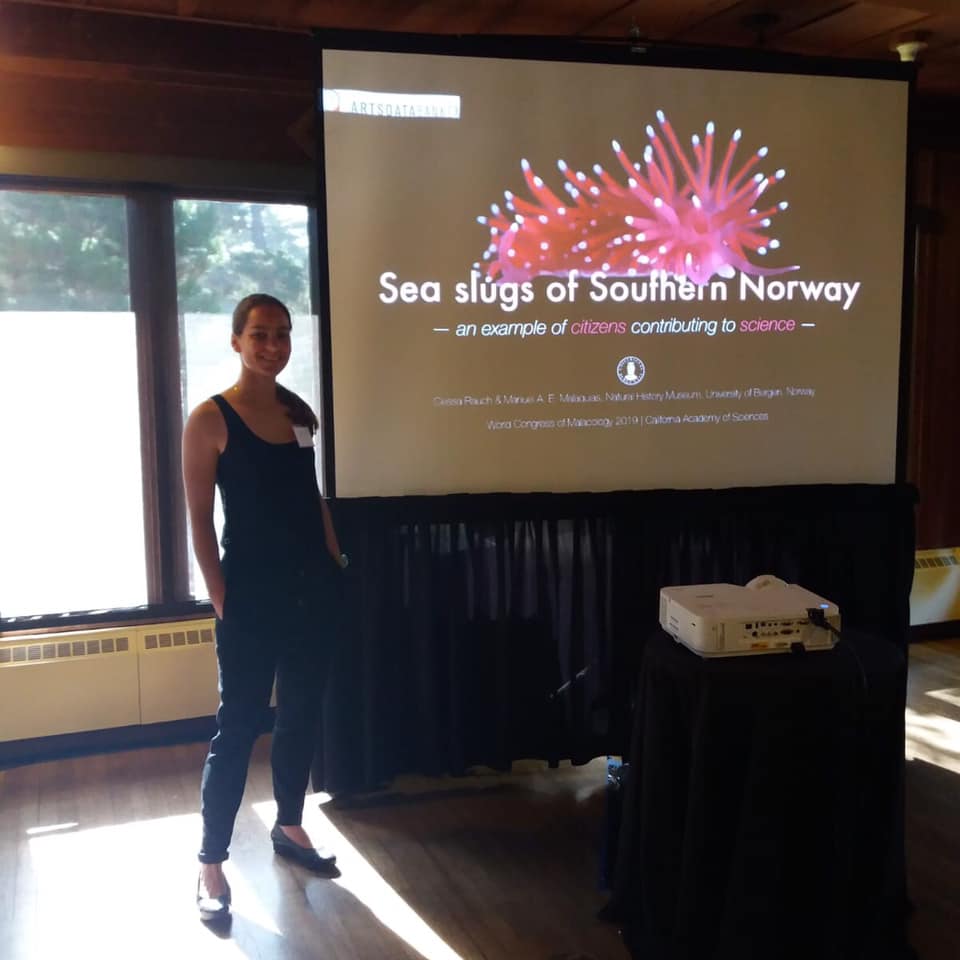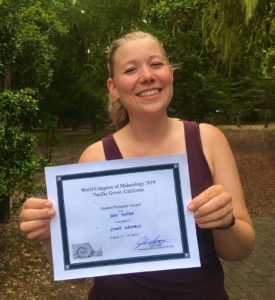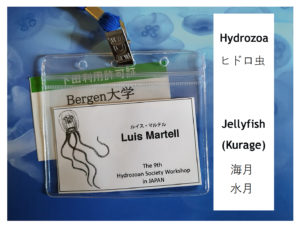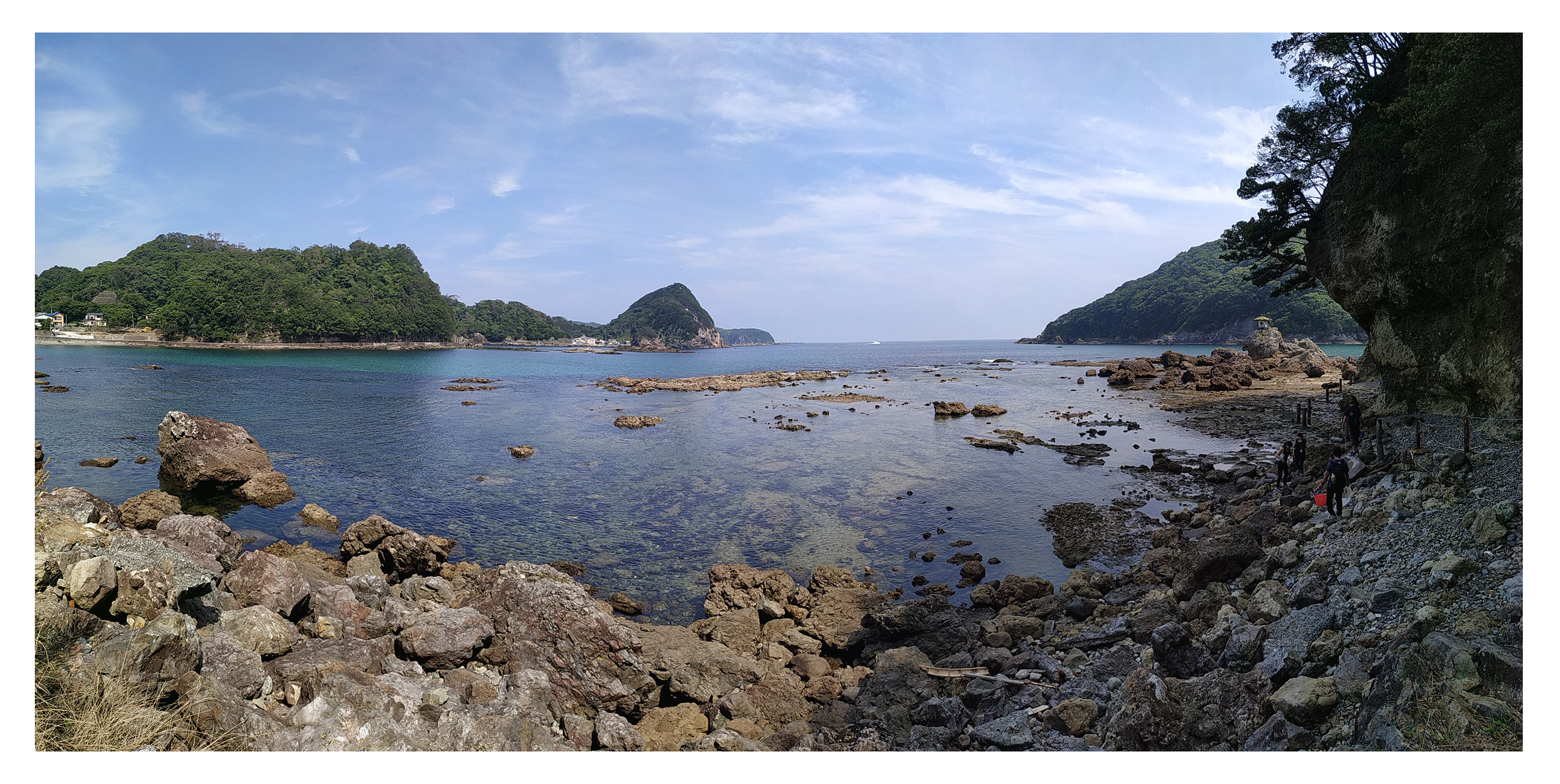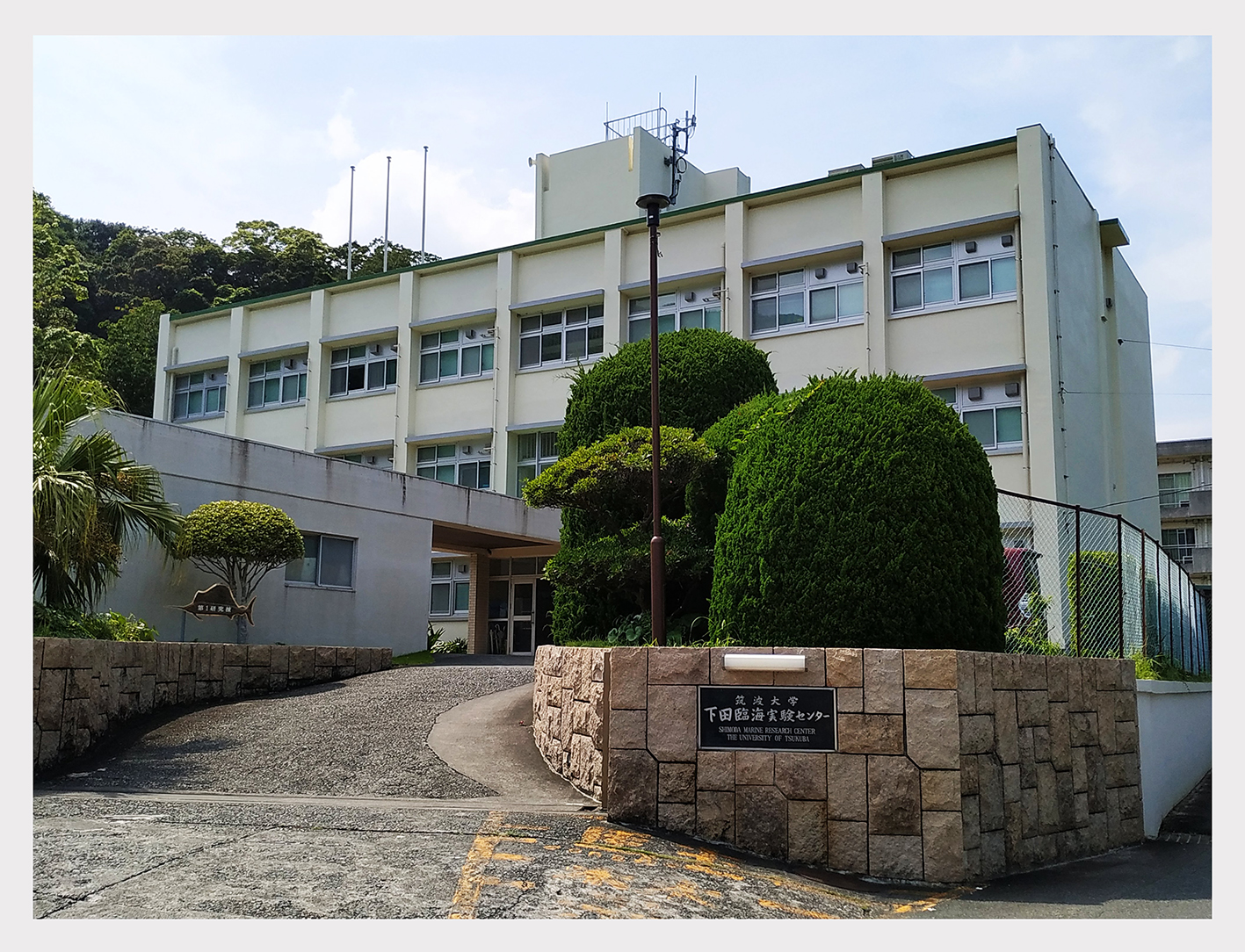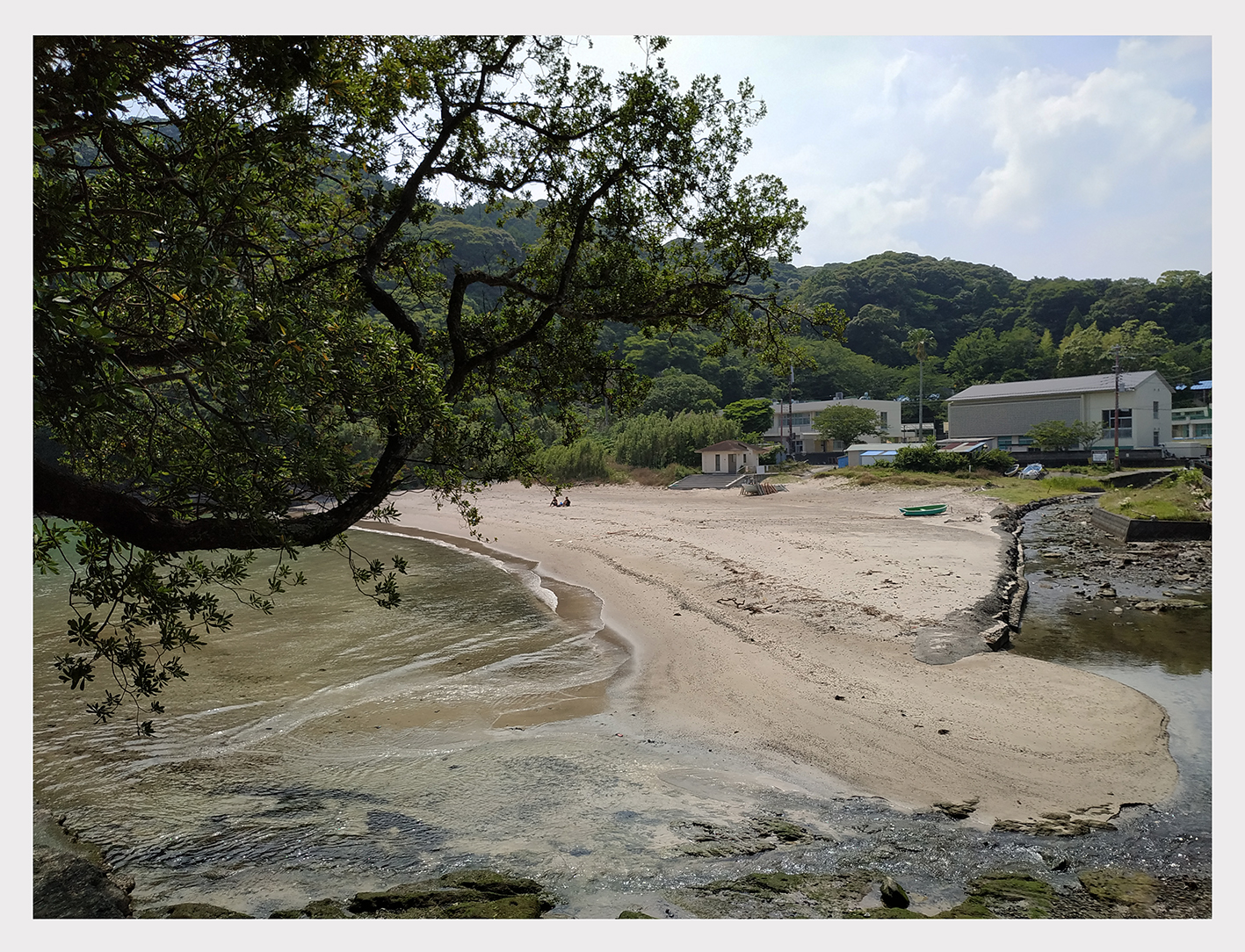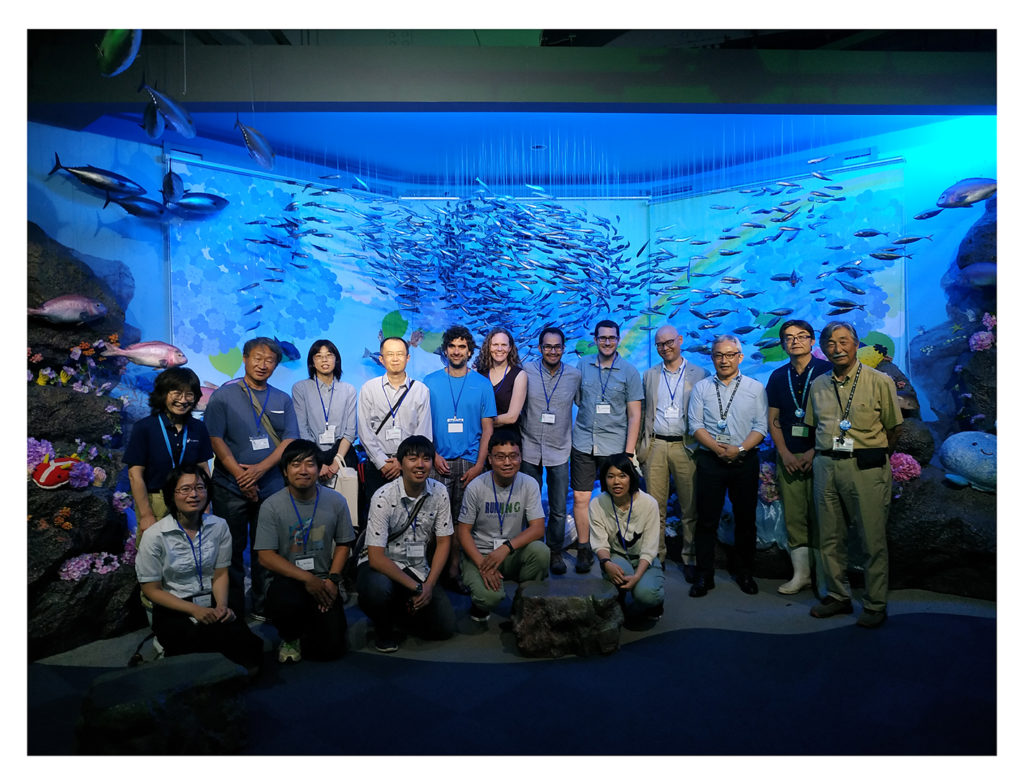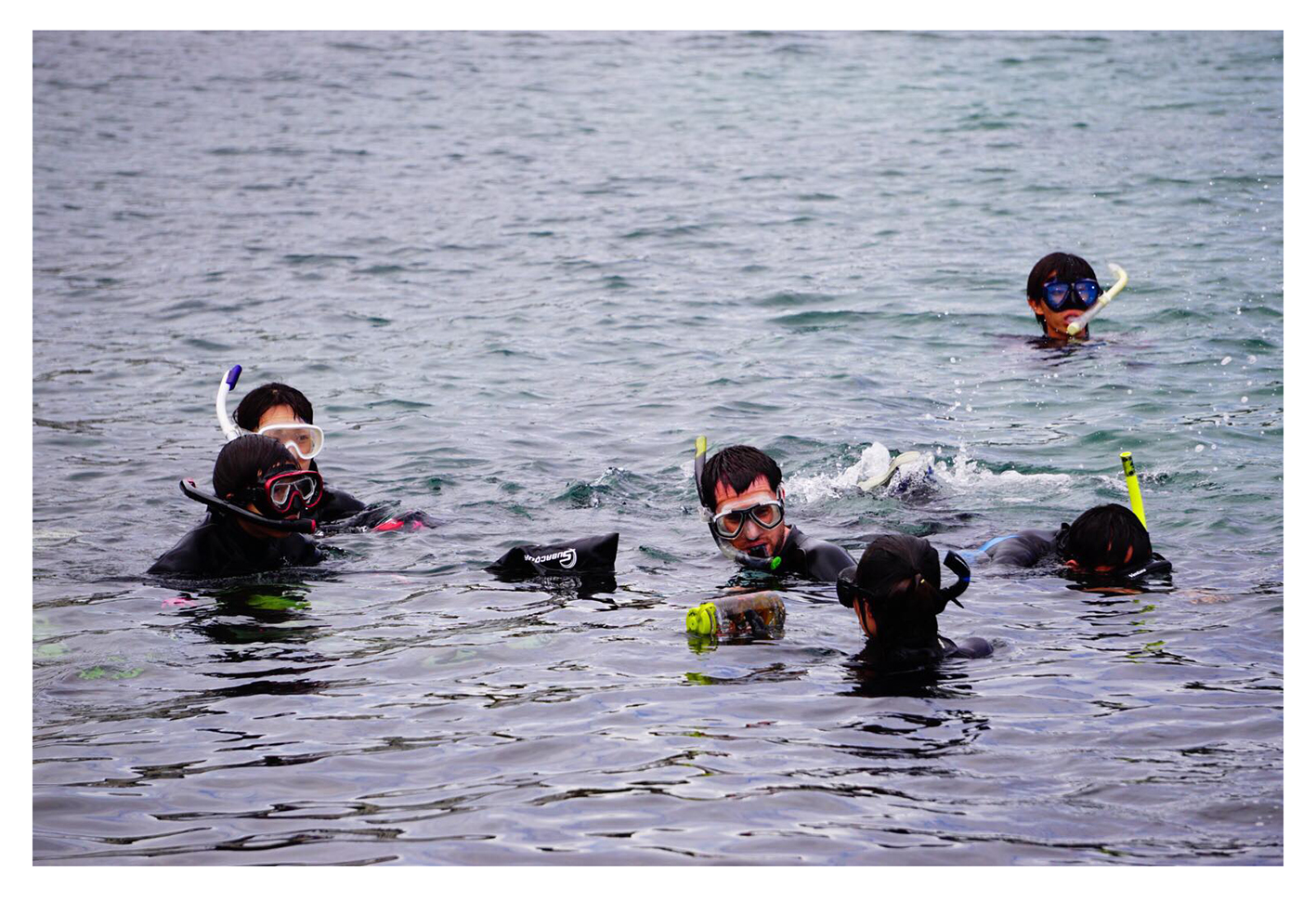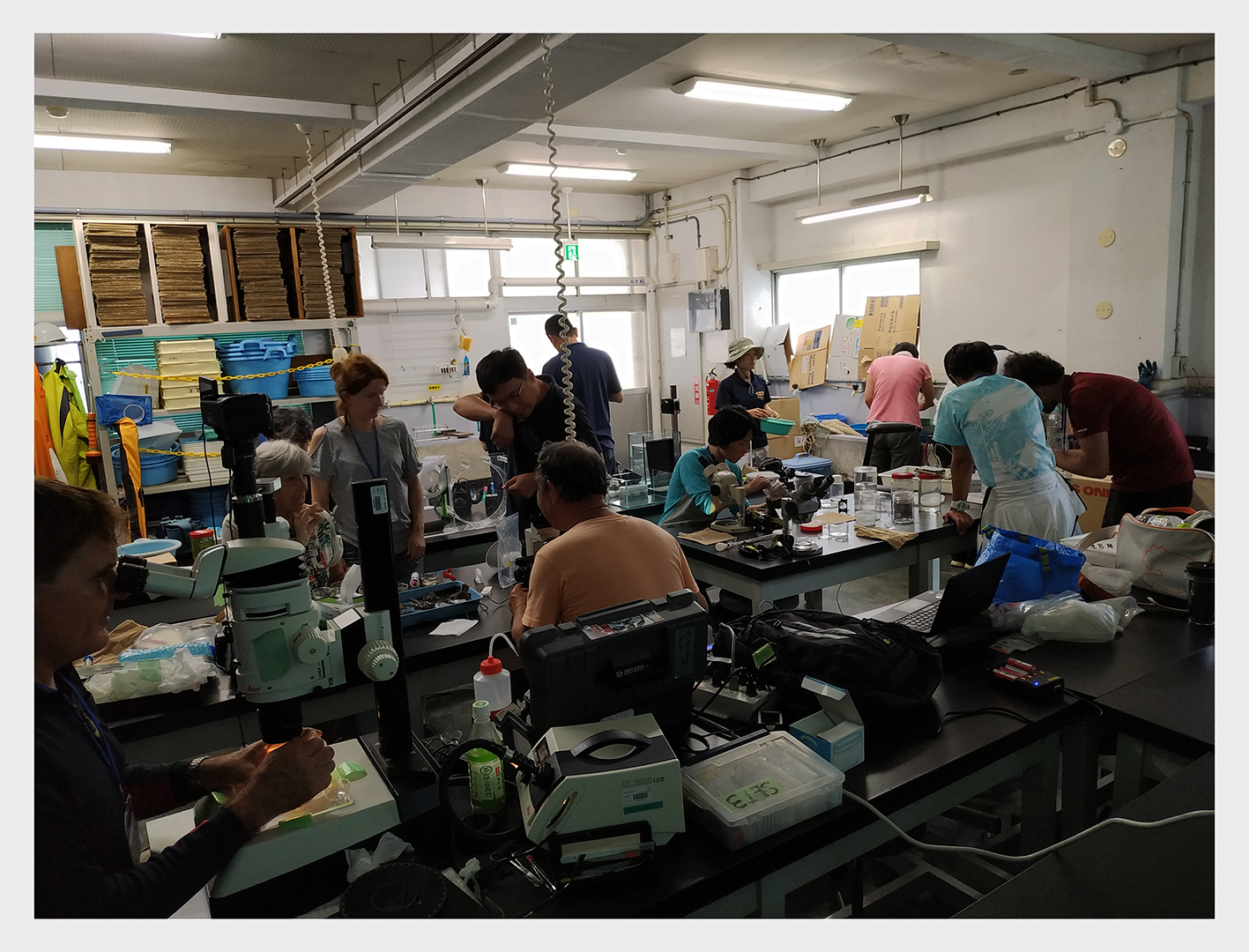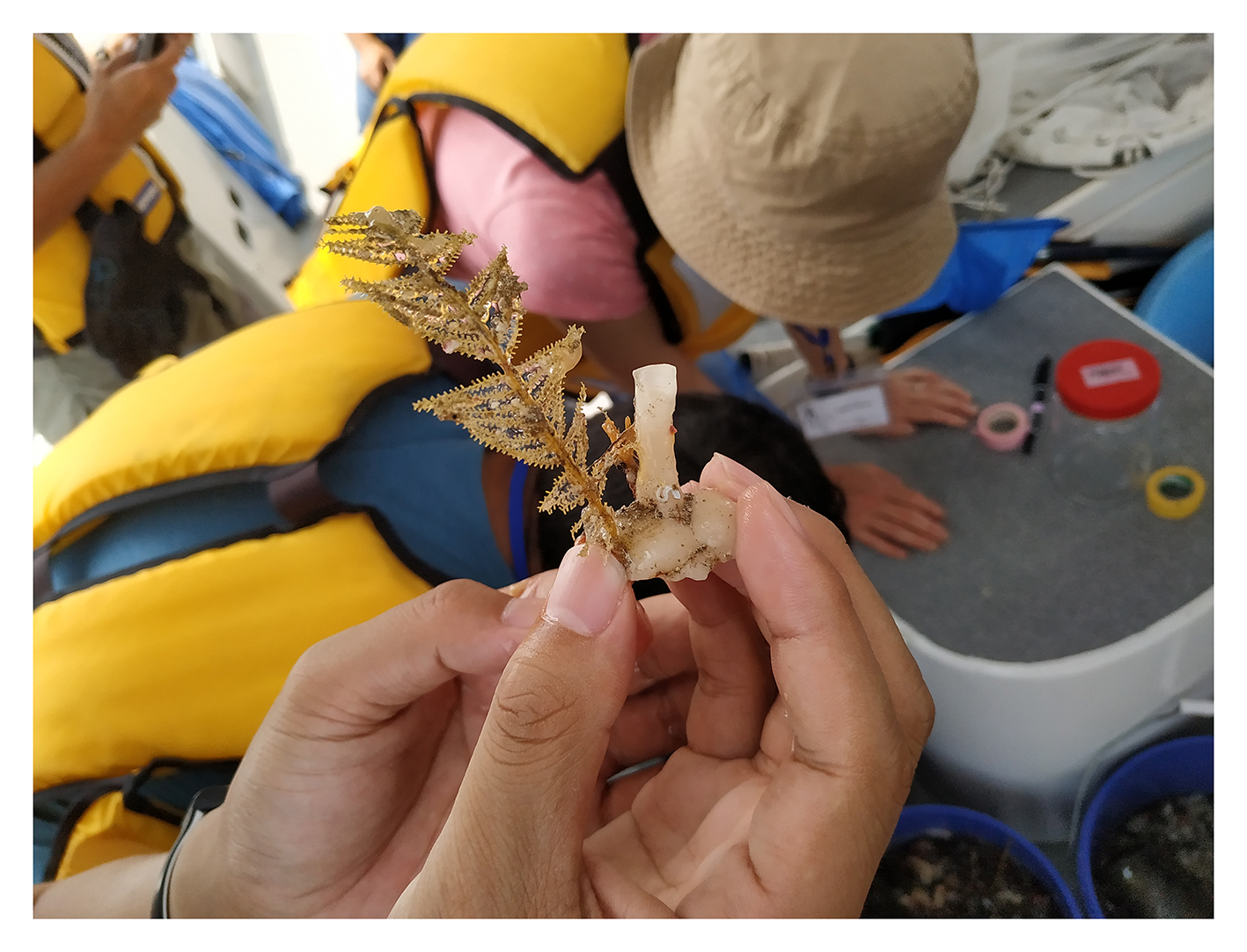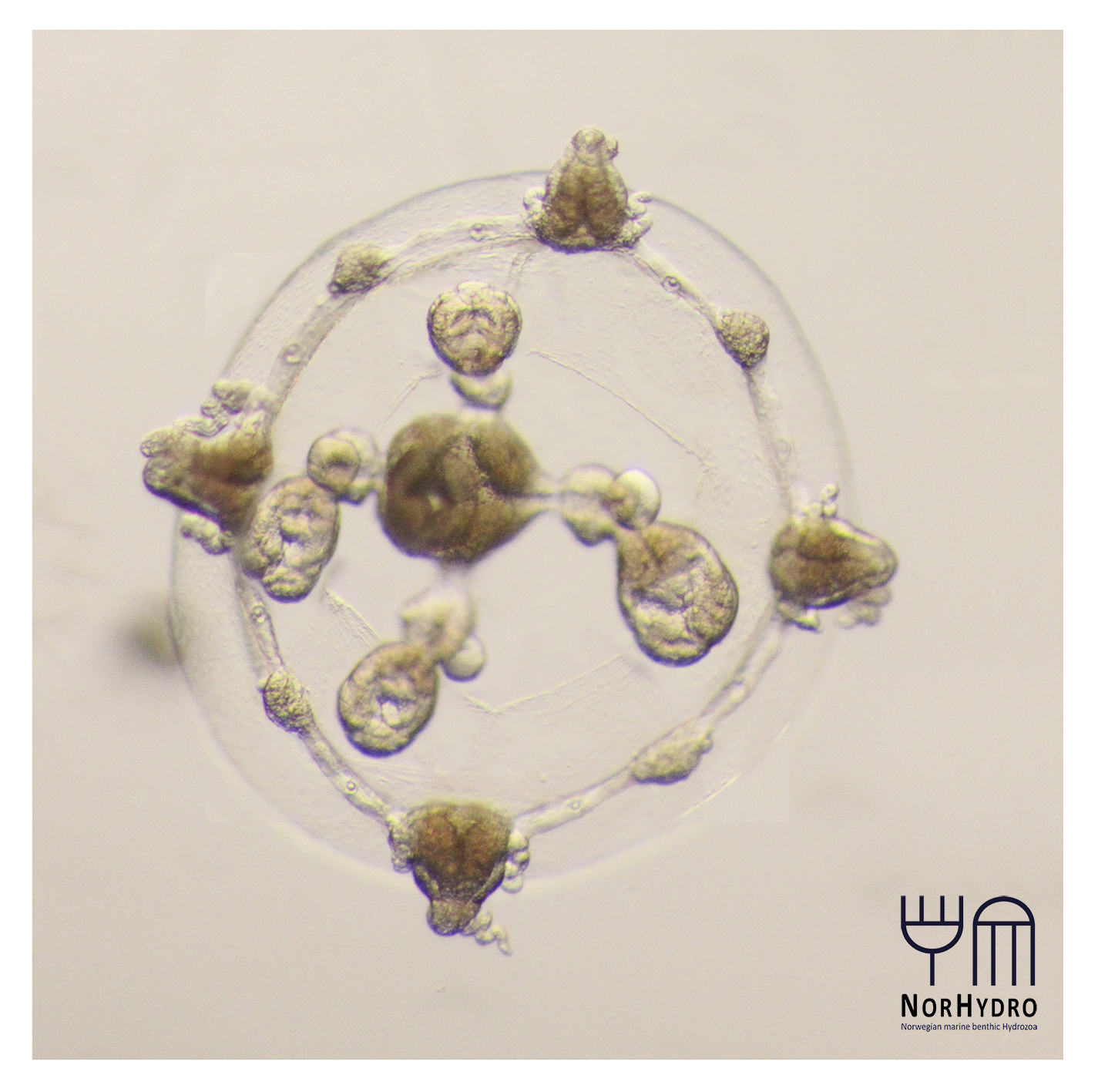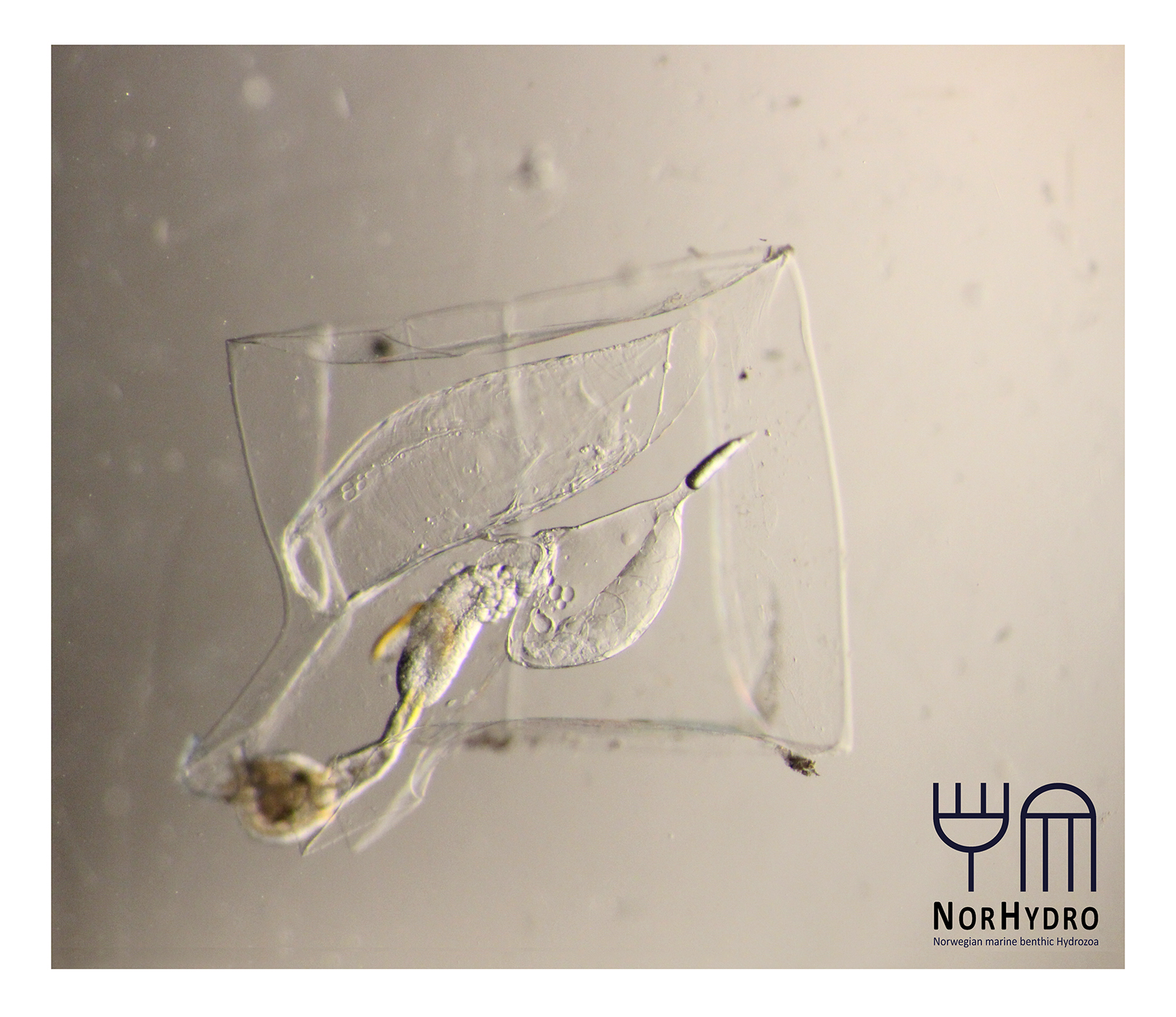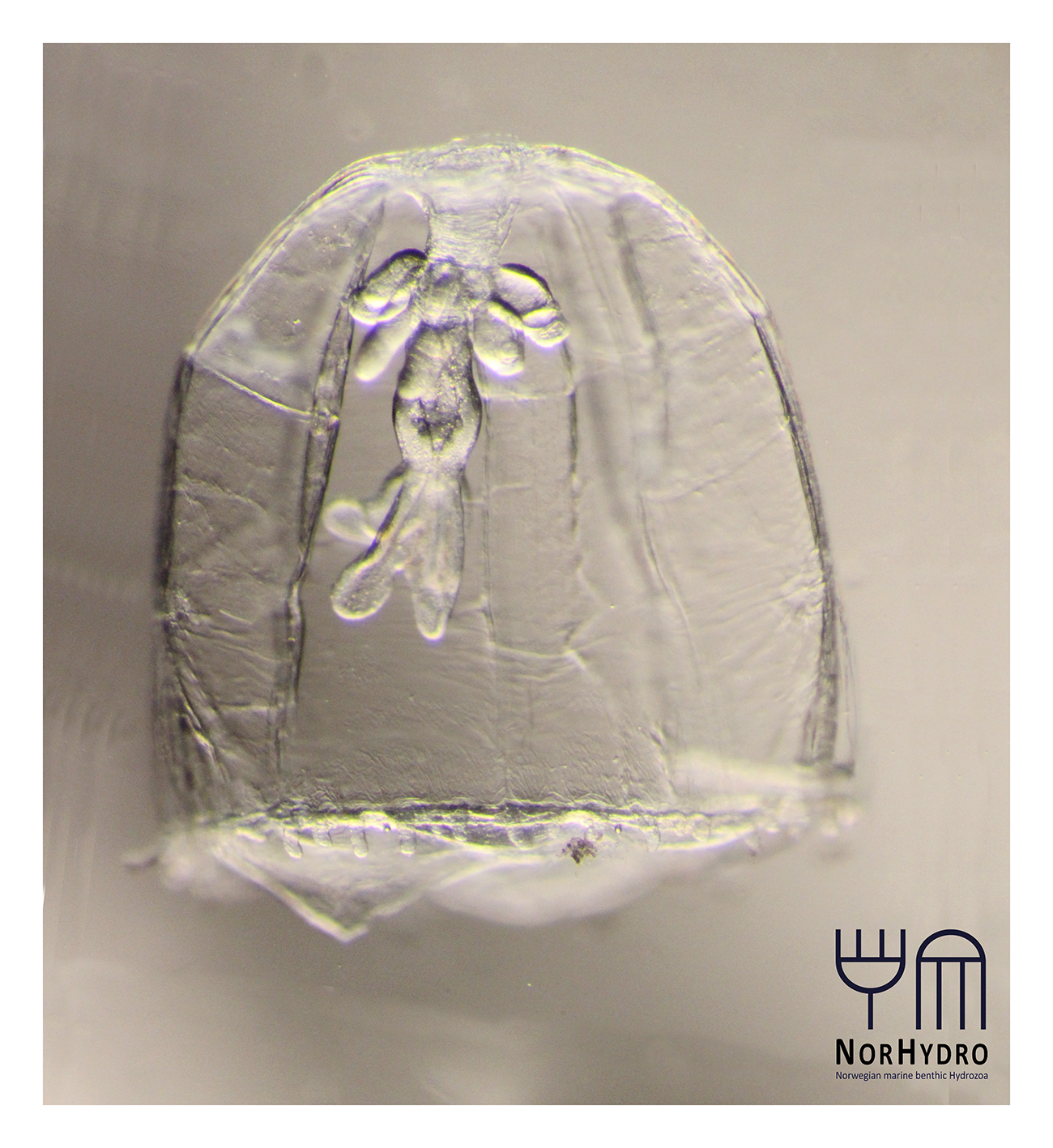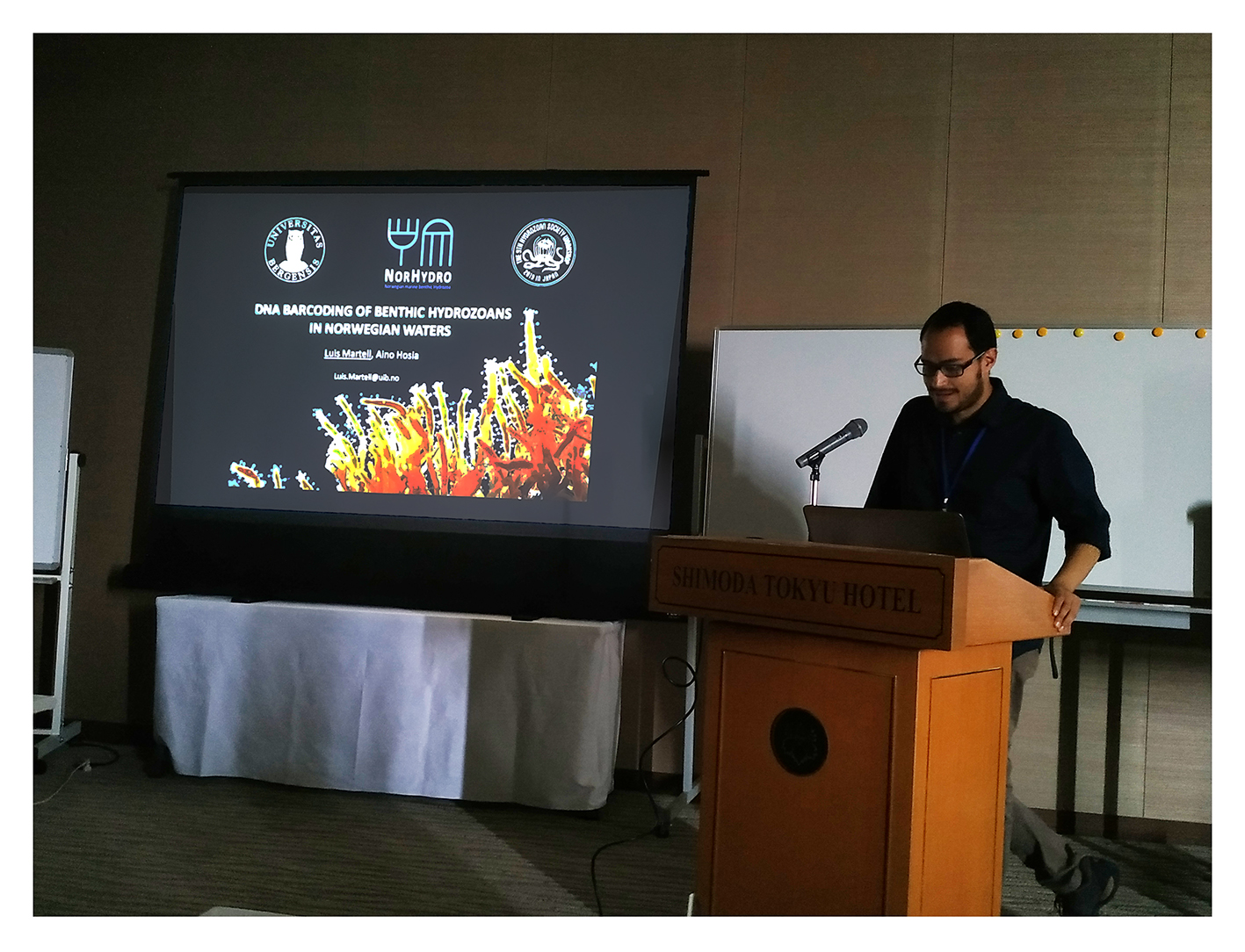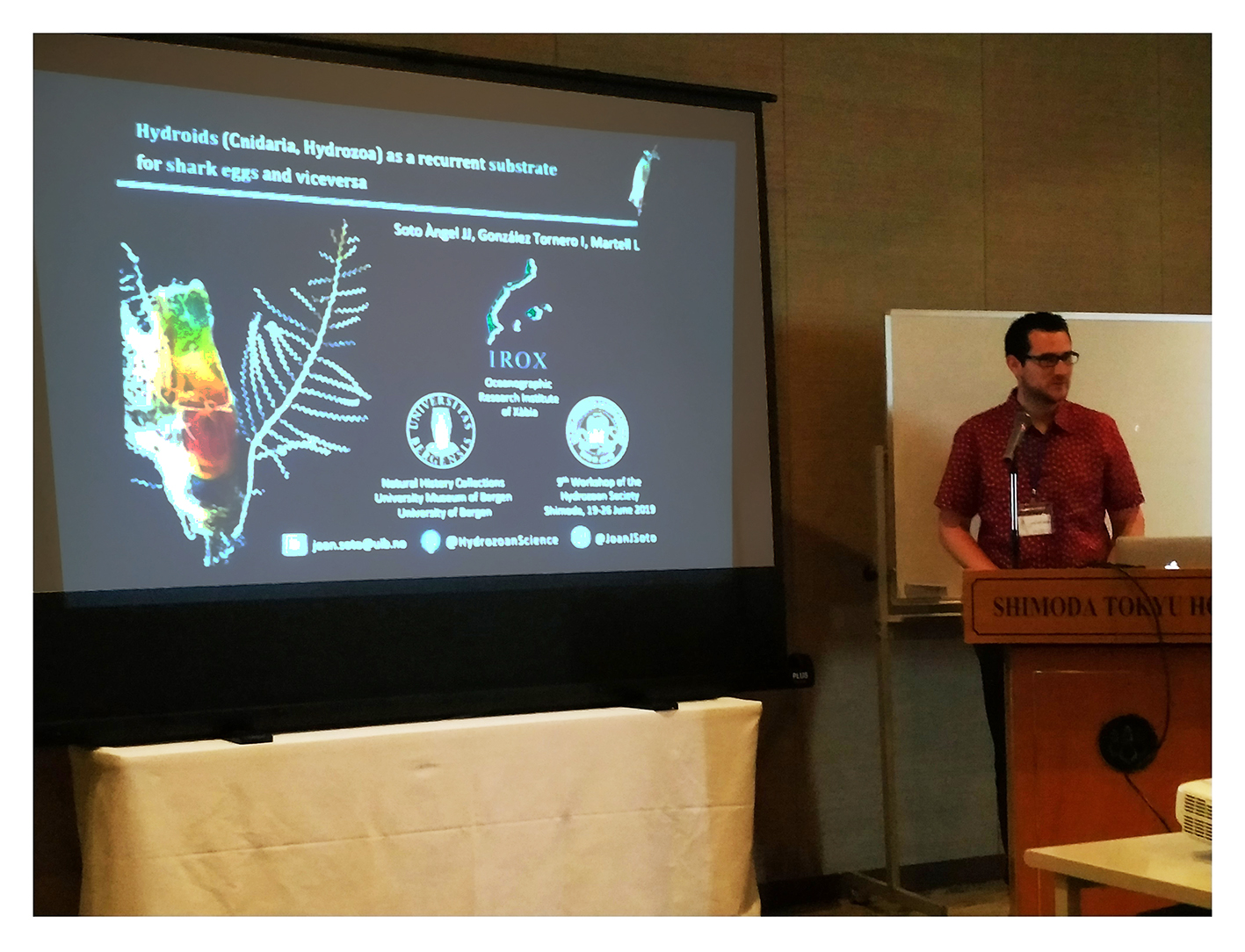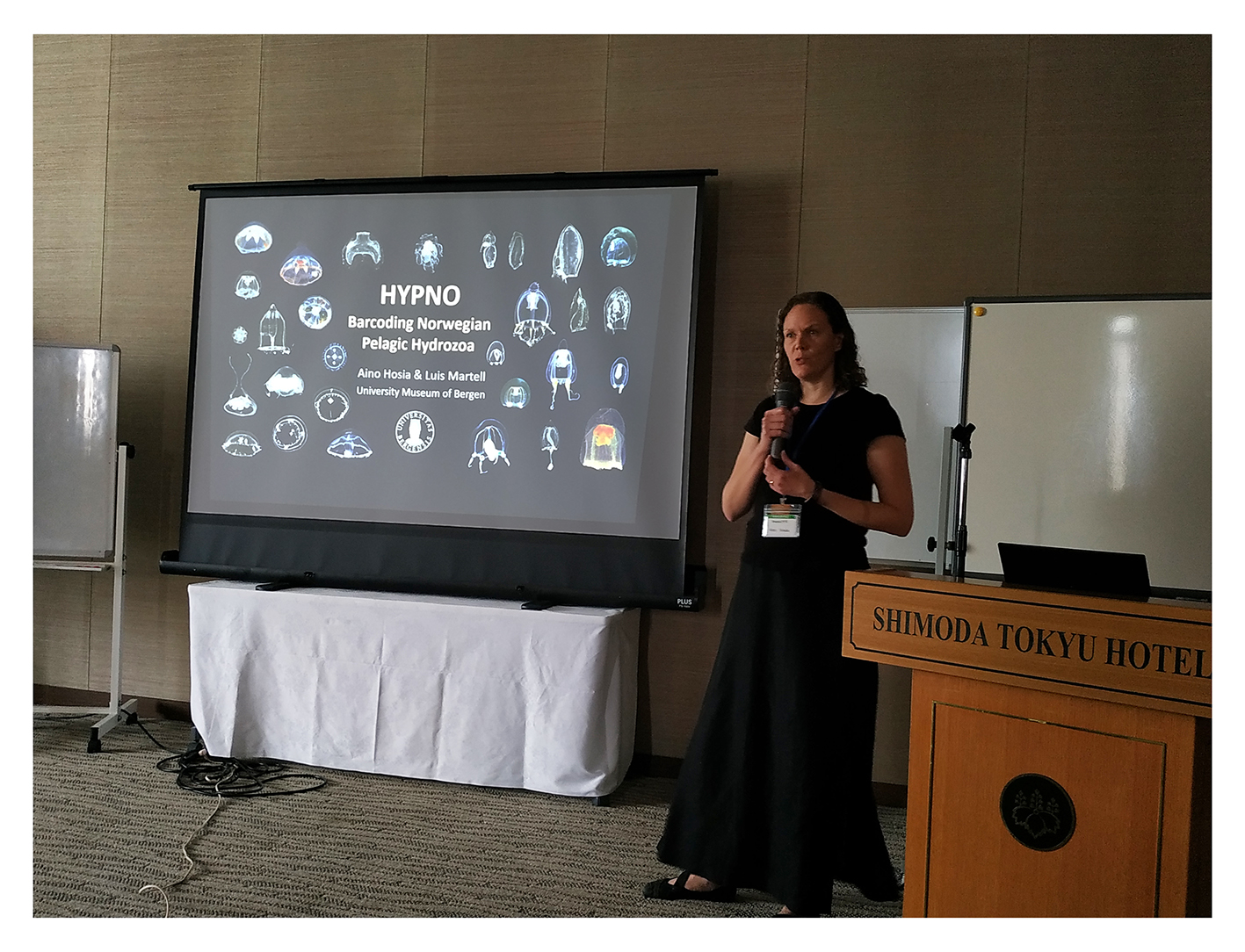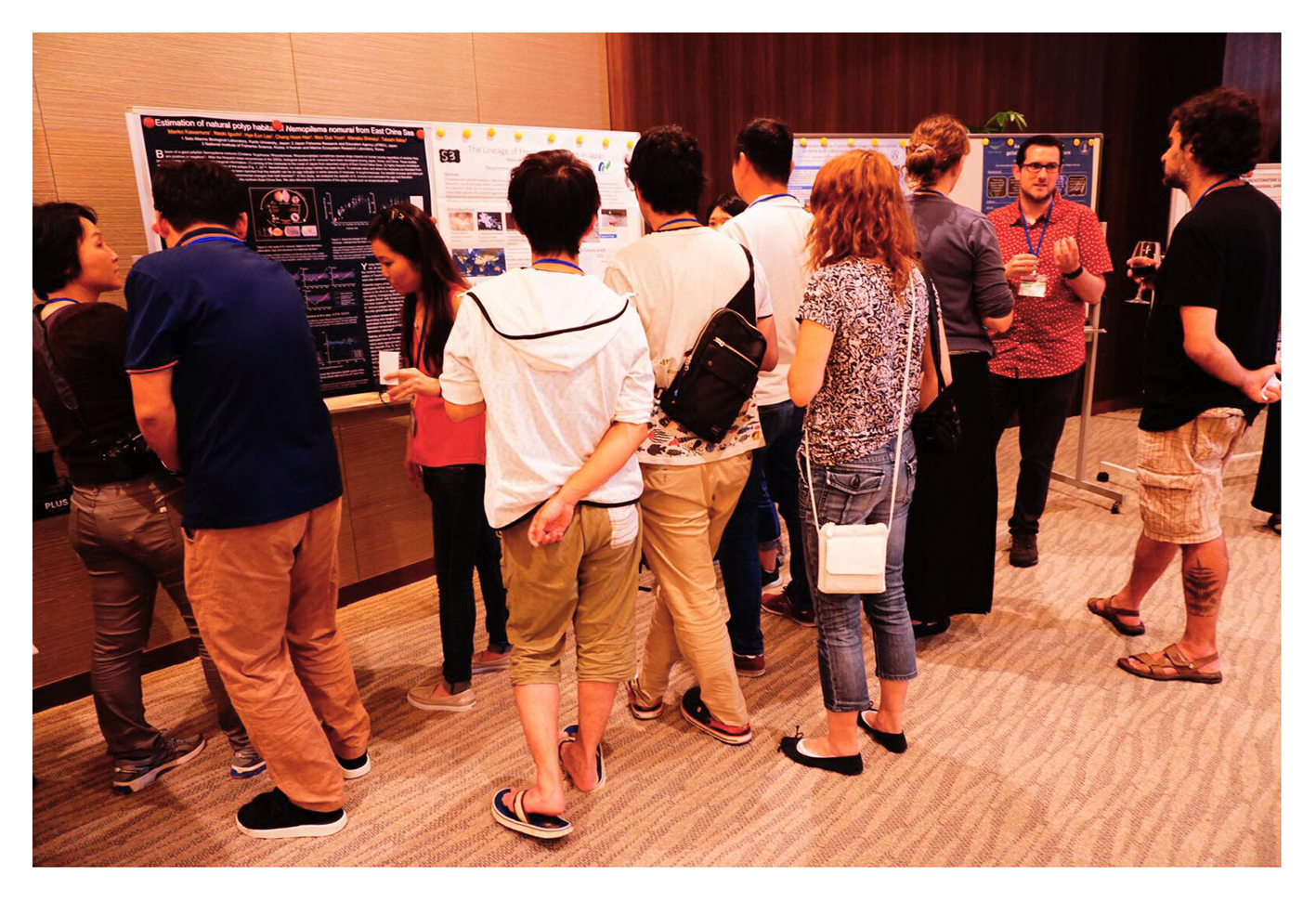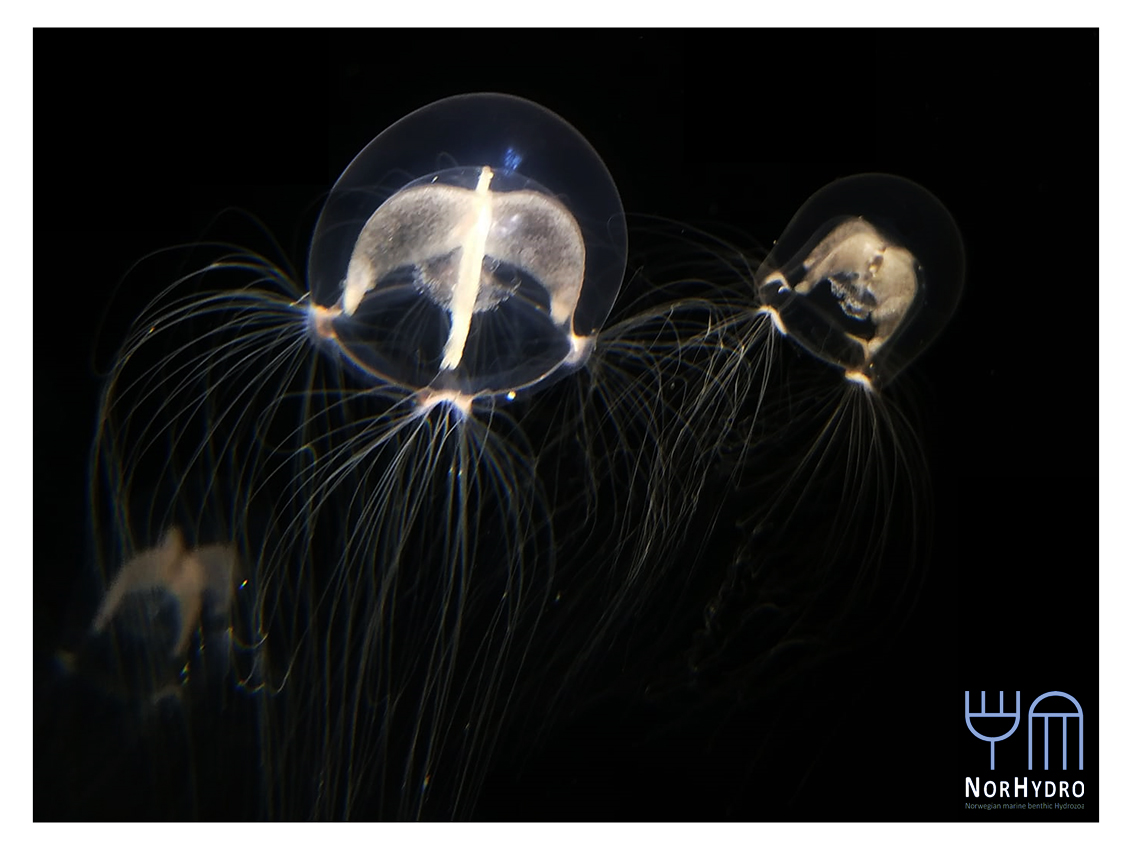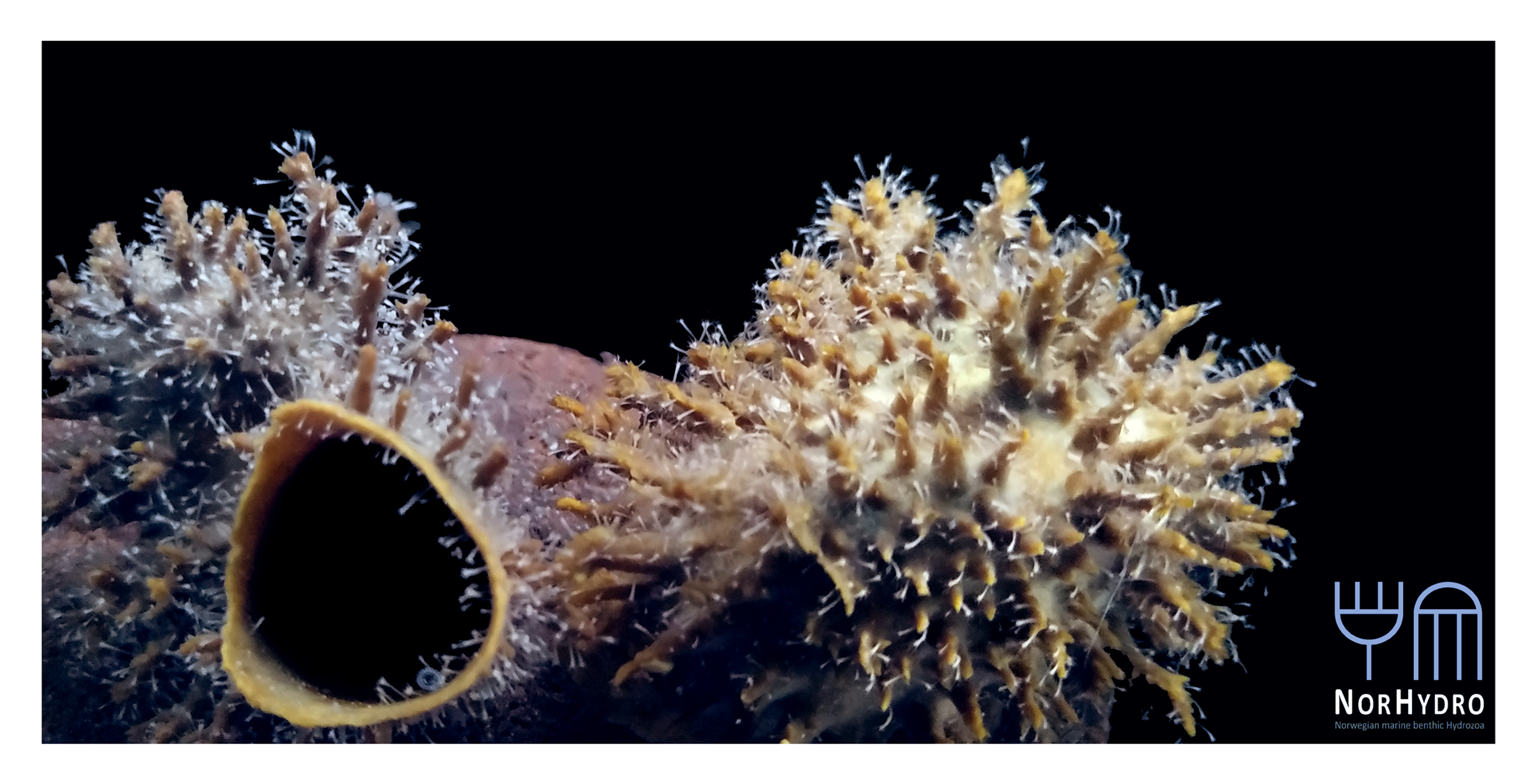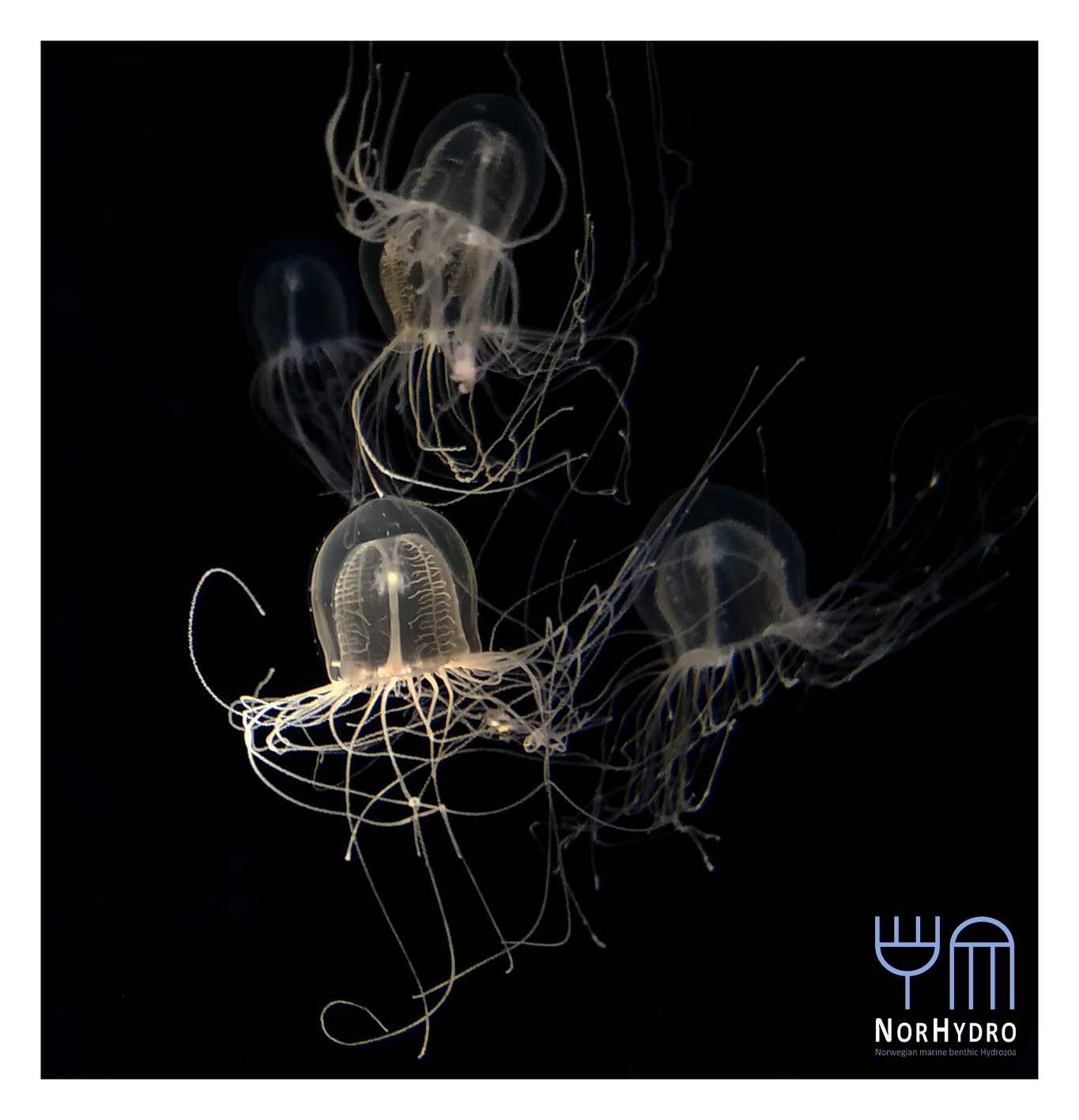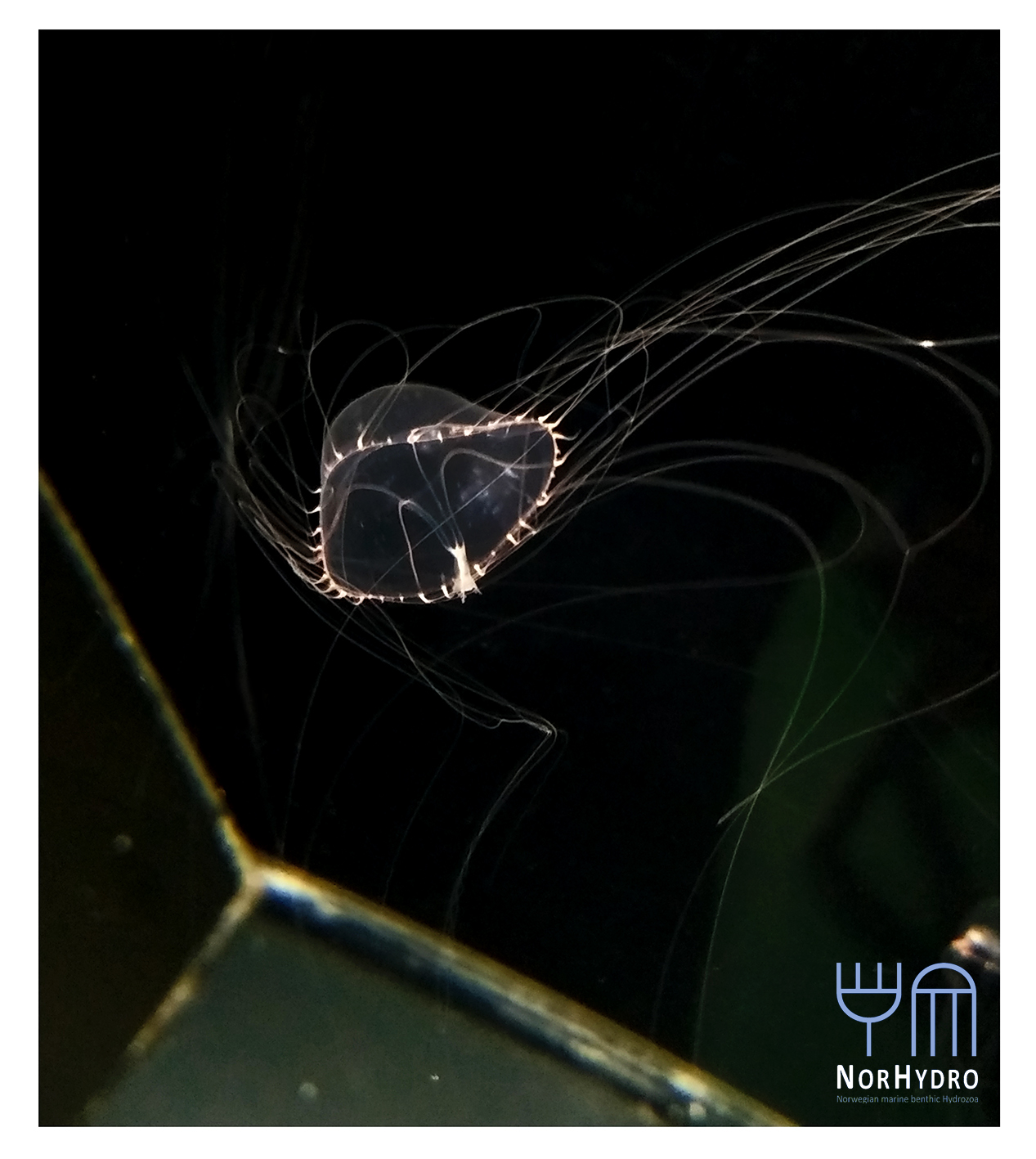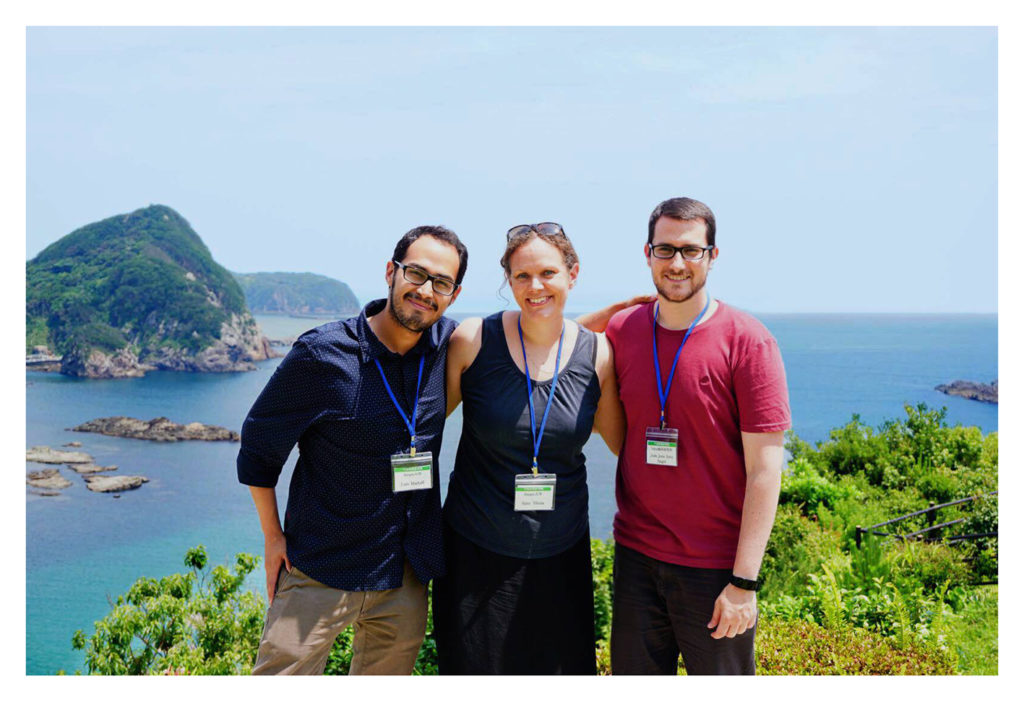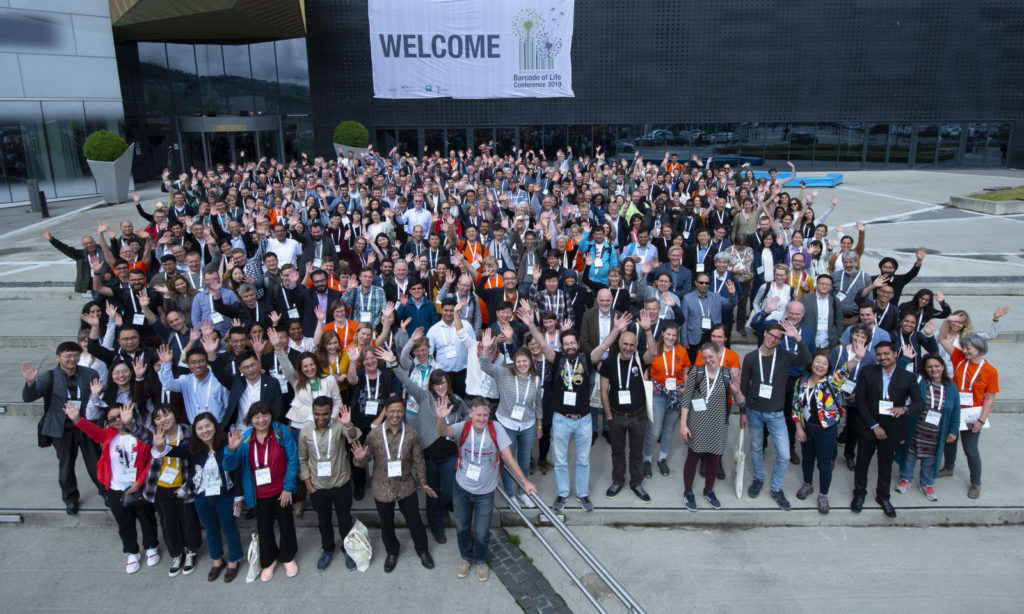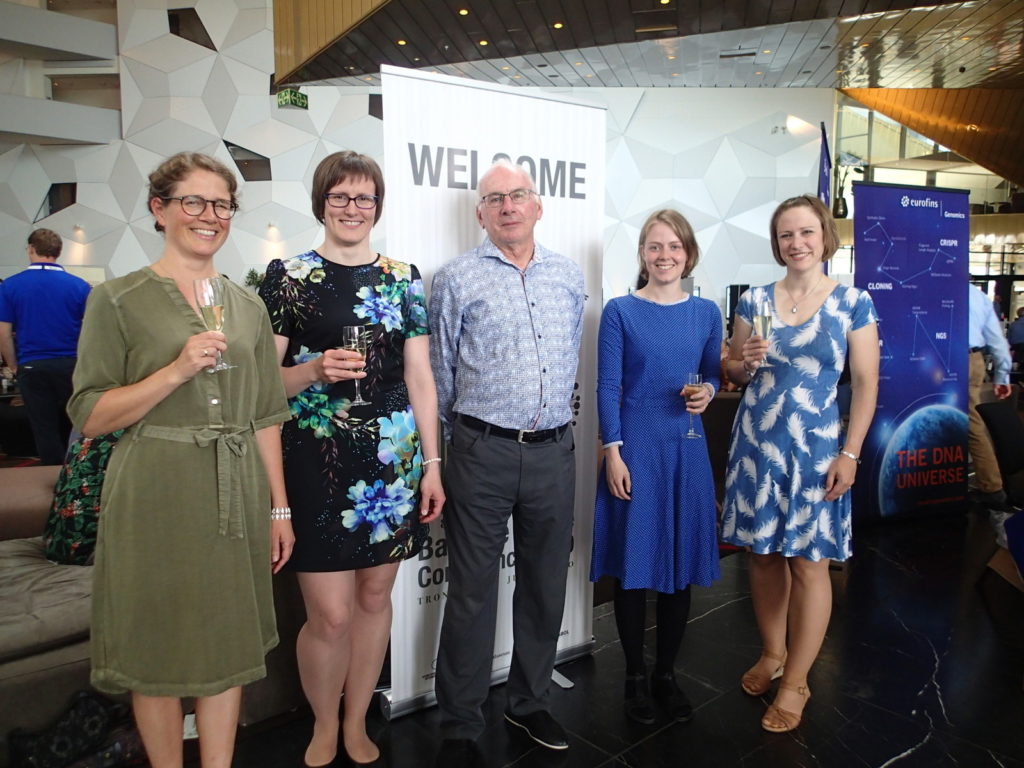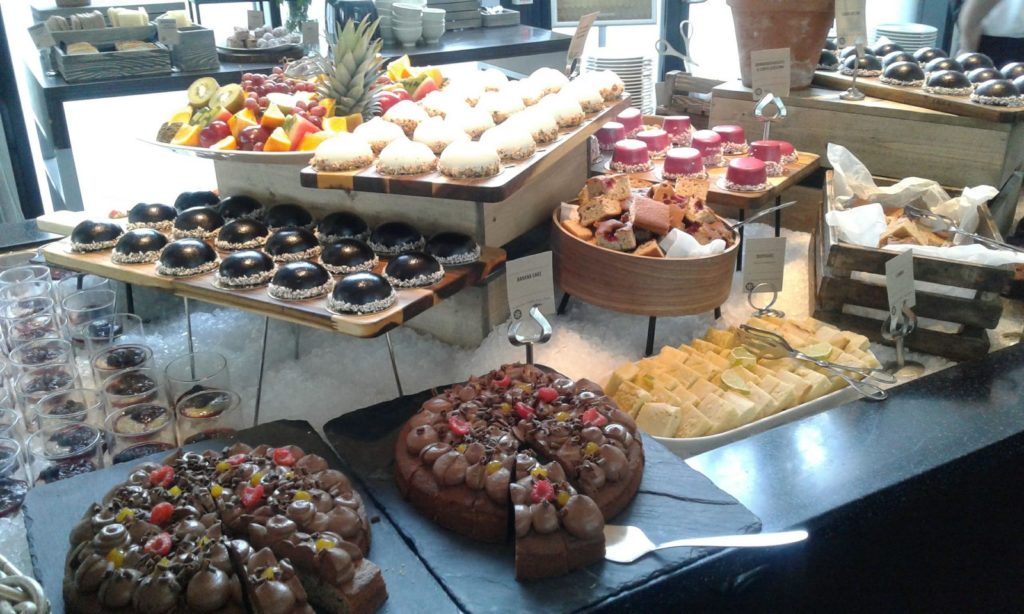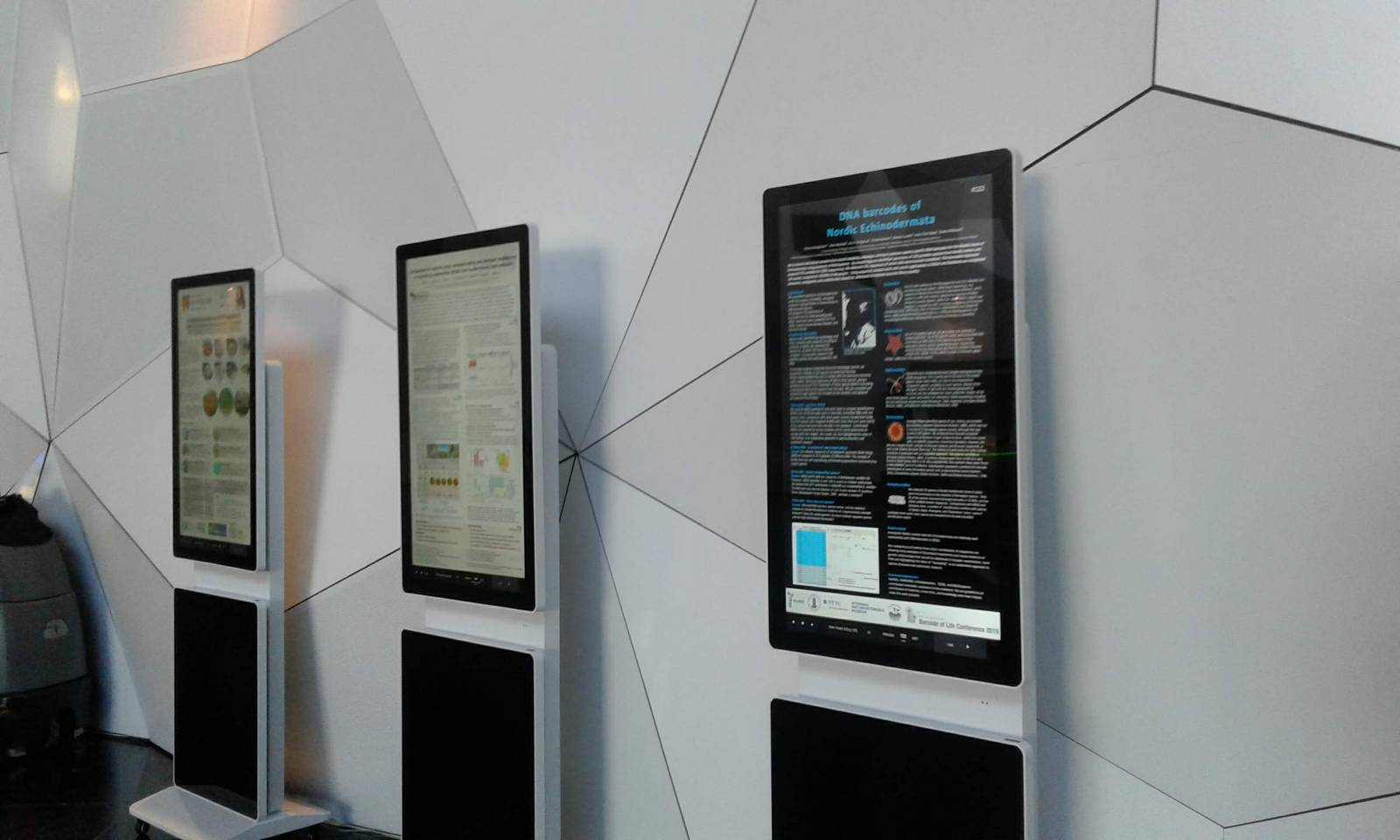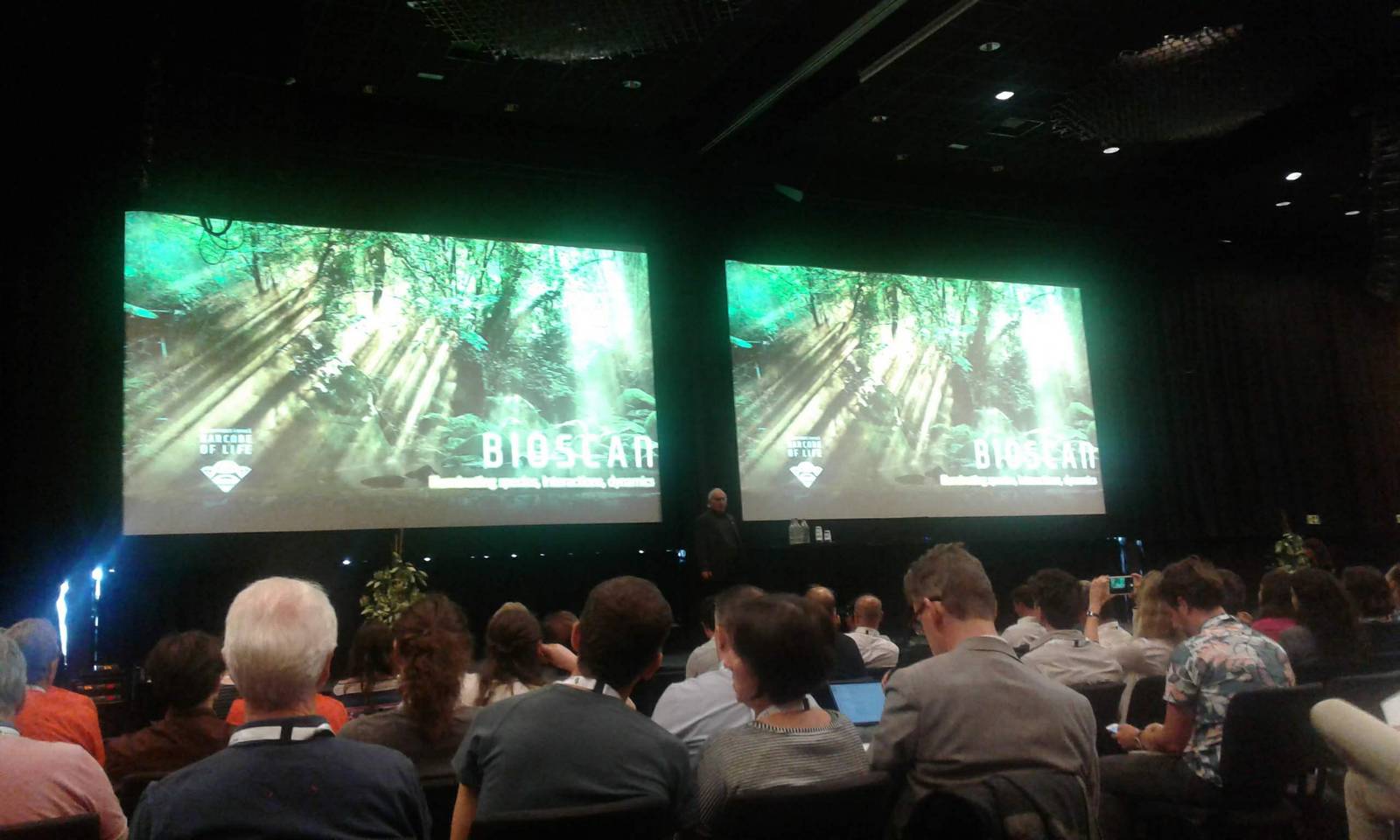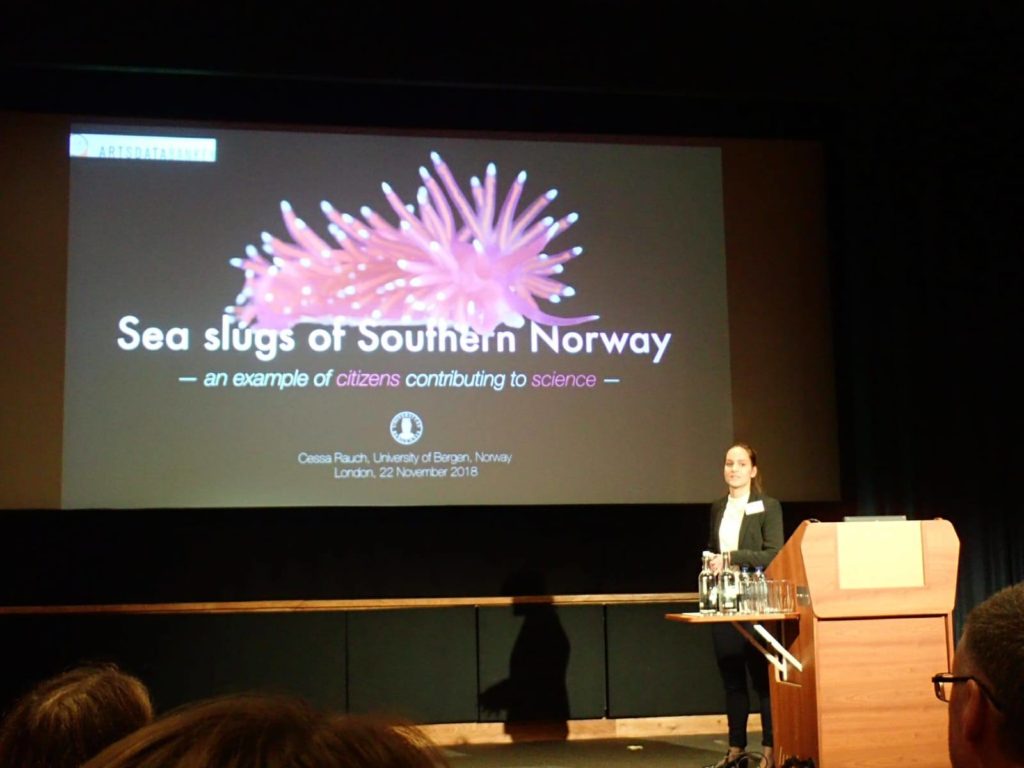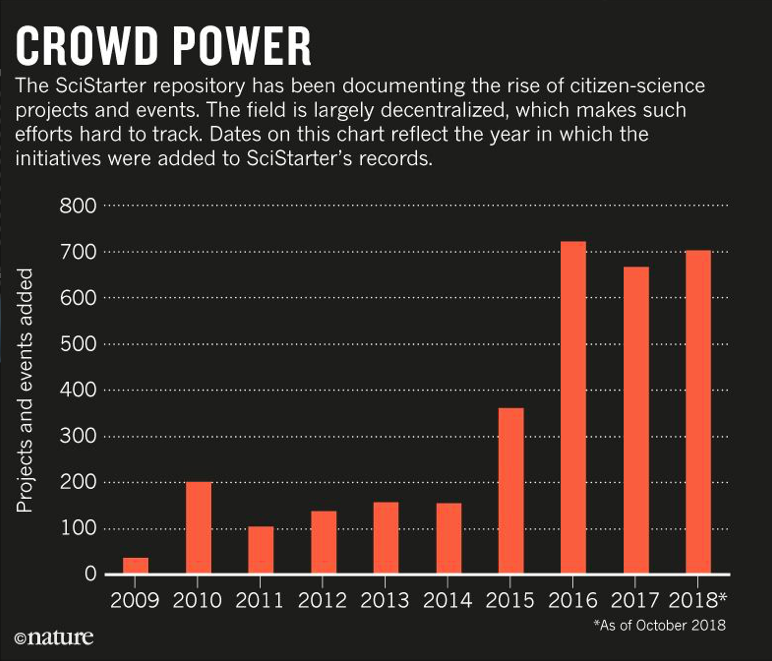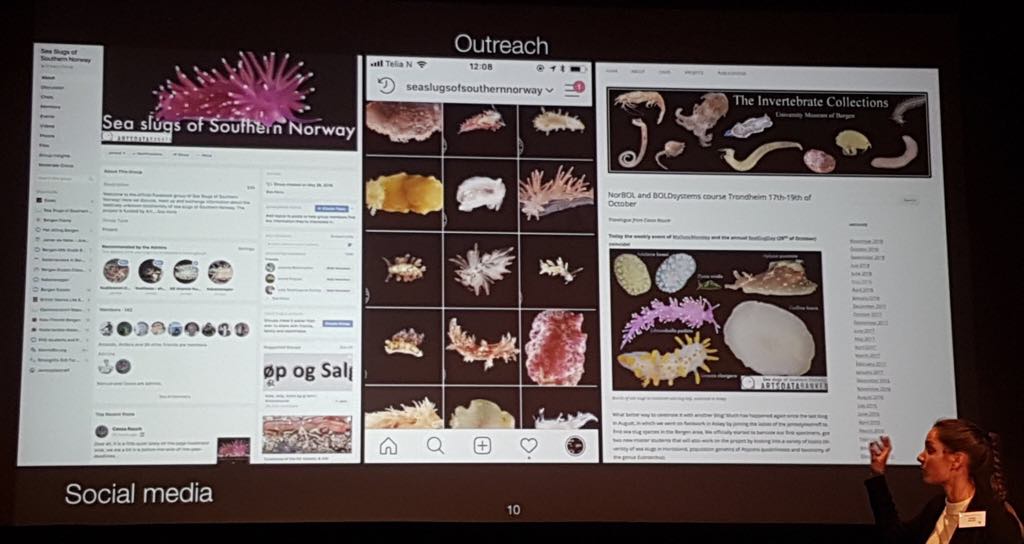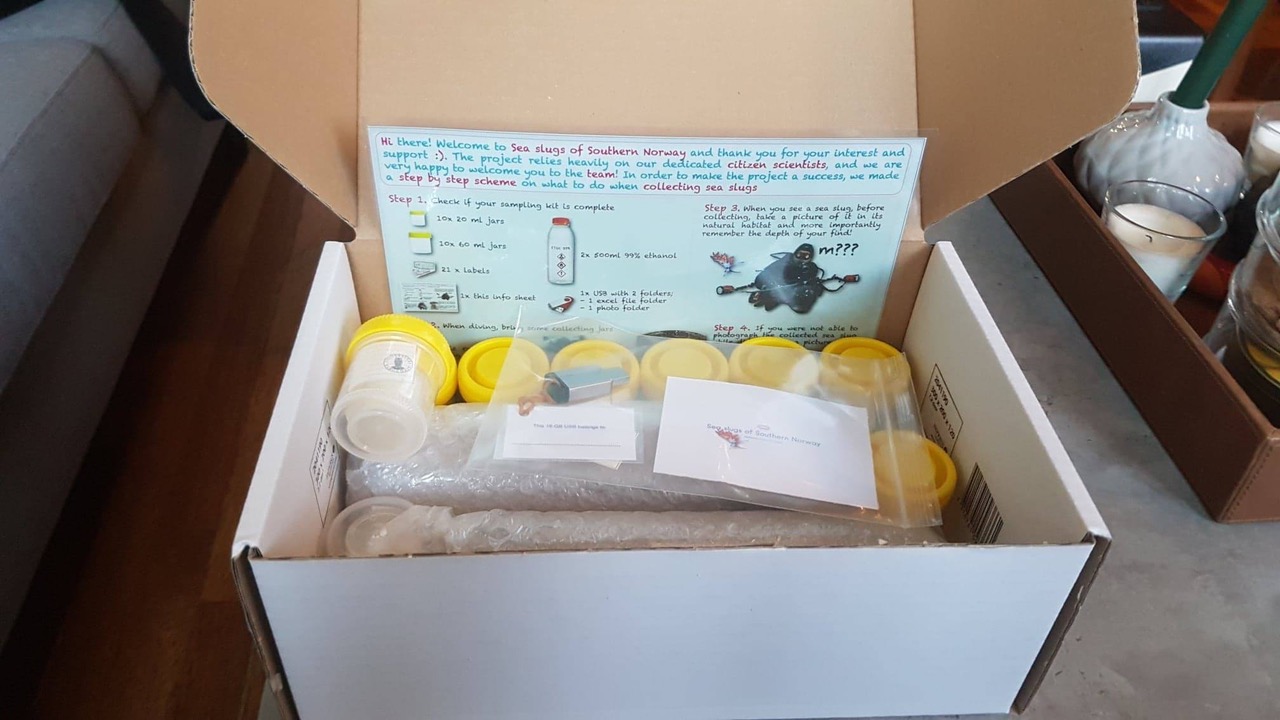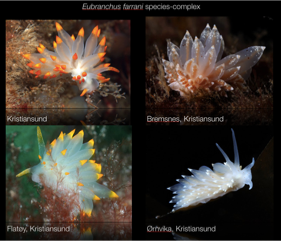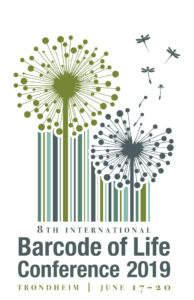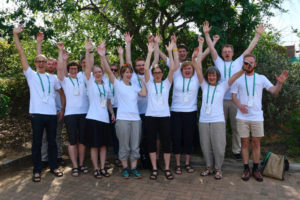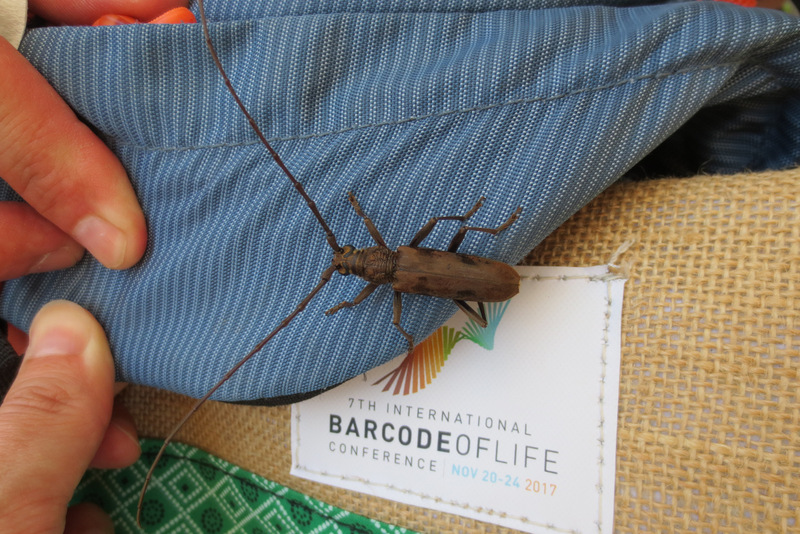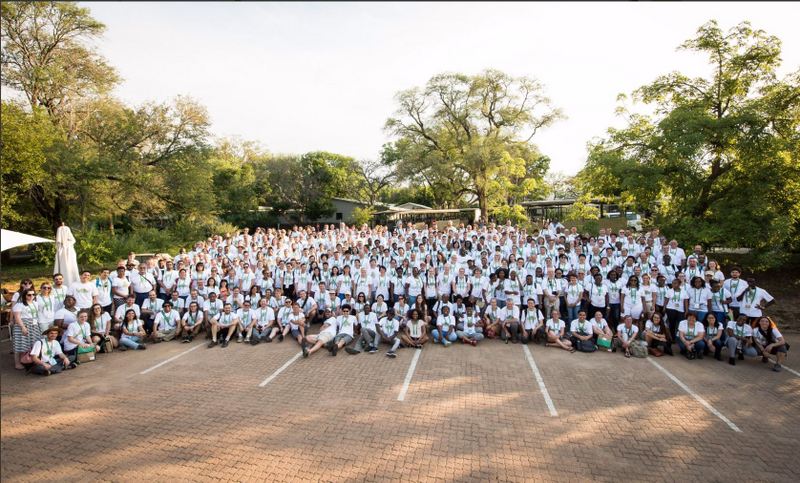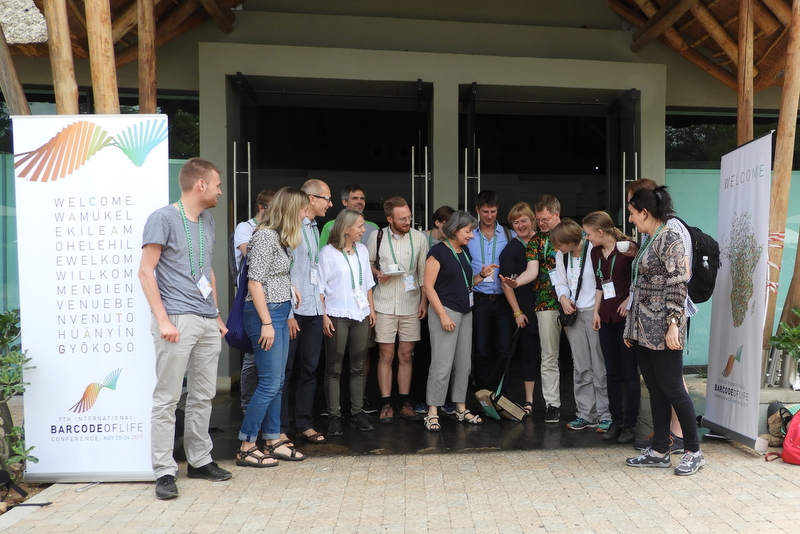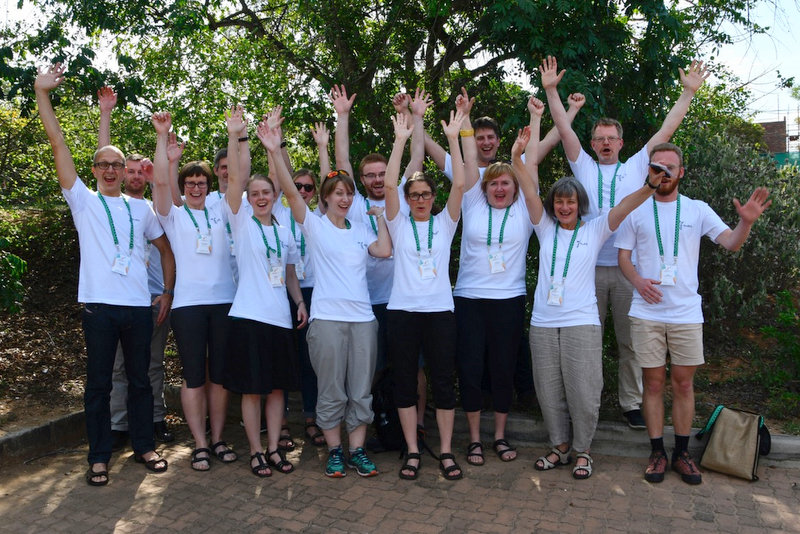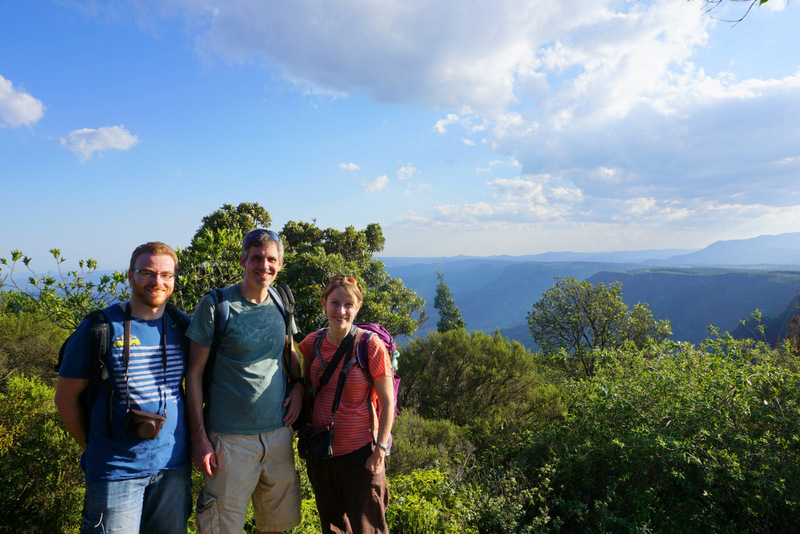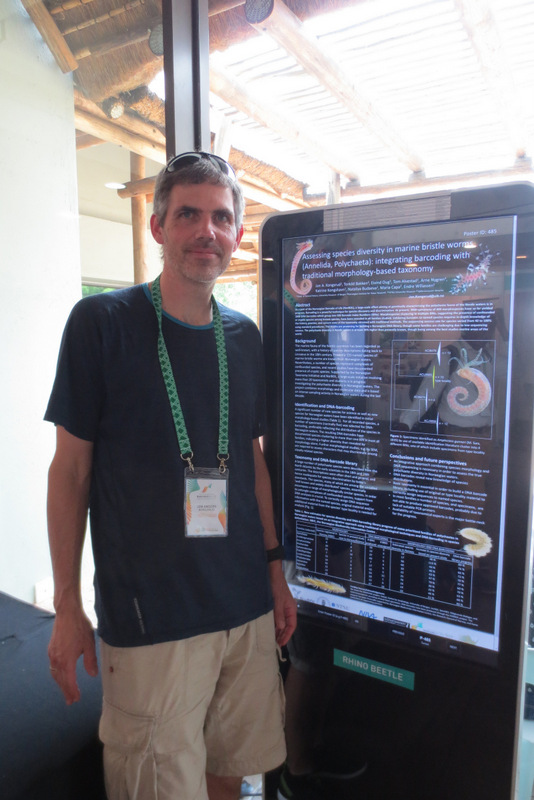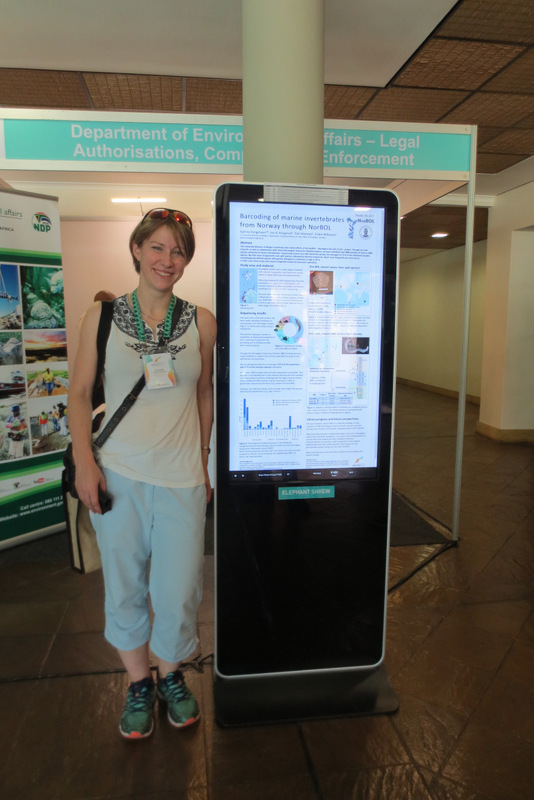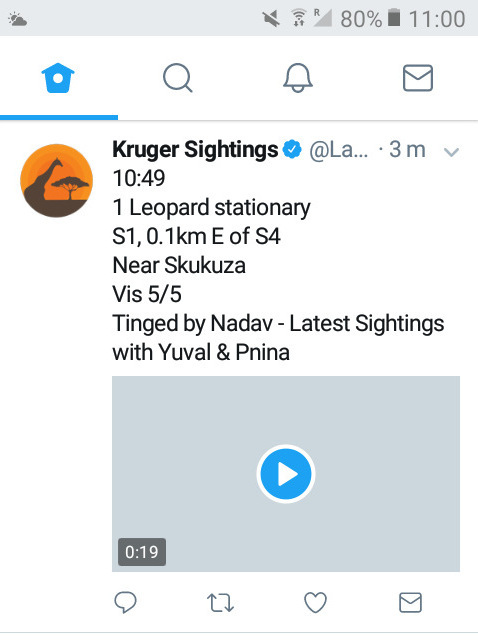(alternative title: Penguin Power!*)
“Bathysphere is a voluntary deep-sea network of Norway-based deep-sea scientists and professionals who want to increase collaboration and knowledge-sharing across local institutes. The network is named after the Bathysphere, a unique spherical submersible designed for deep-sea exploration. “
(from bathysphere.no, go check it out!)
Since the beginning in 2023, Bathysphere has arranged annual symposia, and the 3rd one took place November 4-5th 2025 at the Marine Biological Station at Espegrend (close to Bergen).
It gathered about 40 deep-sea scientists for two days packed with hands-on workshops on QGIS (maps), BIIGLE (underwater footage), data management and platforms, cruise planning, ROV log and dive standardizations, as well as group discussions, a linocut workshop**(!) and a lot of social time!
(The program is here if you want to see how that looked)

Norwegian participants came from both the private sector (Aspecto AS, Rådgivende biologer AS, STIM AS) and academia: the Institute of Marine Research, UiB (University Museum, BIO, GEO, CDeepSea ++), Norce, and Runde forskning. From abroad there were participants from Senckenberg Society for Nature Research, Senckenberg Institute, University Hamburg, and Gothenburg University. From the museum, Katrine and Cessa participated – and were happy to meet some former students from the department, now turned (soon) PhDs!

It was a lovely group of people, and the atmosphere was very welcoming and inclusive right from the start!
Katrine gave a talk as a representative for the OBIS-GBIF Norway node about GBIF.org (Global Biodiversity Information Facility) and OBIS.org (Ocean Biodiversity Information system);
- what they are,
- how the two correlate,
- how they work,
- and how people can share their data through them,
- as well as on FAIR data sharing, and why it matters.
She also gave a short demonstration on how to find the desired data in the two portals, some pitfalls to avoid, and how to cite the data you use.

___________________________________________________________________________________________
*the speakers were given a squeaky-toy penguin to aid in crowd control, and wielded the power wisely (for the most part).

** David (whose day job is at BIO) ran the linocut workshop with near infinite patience for all our color scheme requests, you can check out his work on Instagram under the handle david_rees_linocuts
Thank you to the organizing committee for a highly enjoyable event, and to all the participants for helping make it so!
– Katrine

